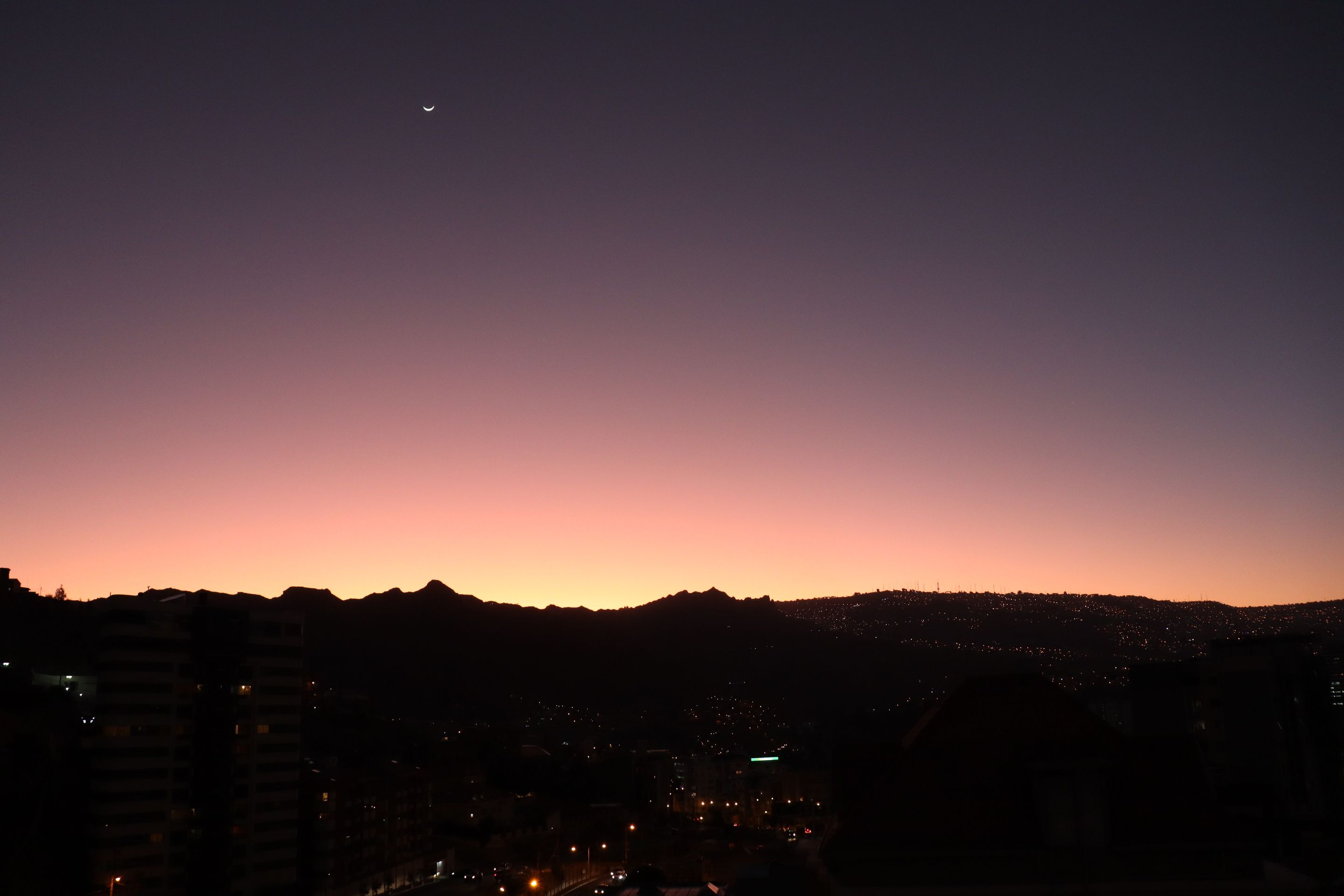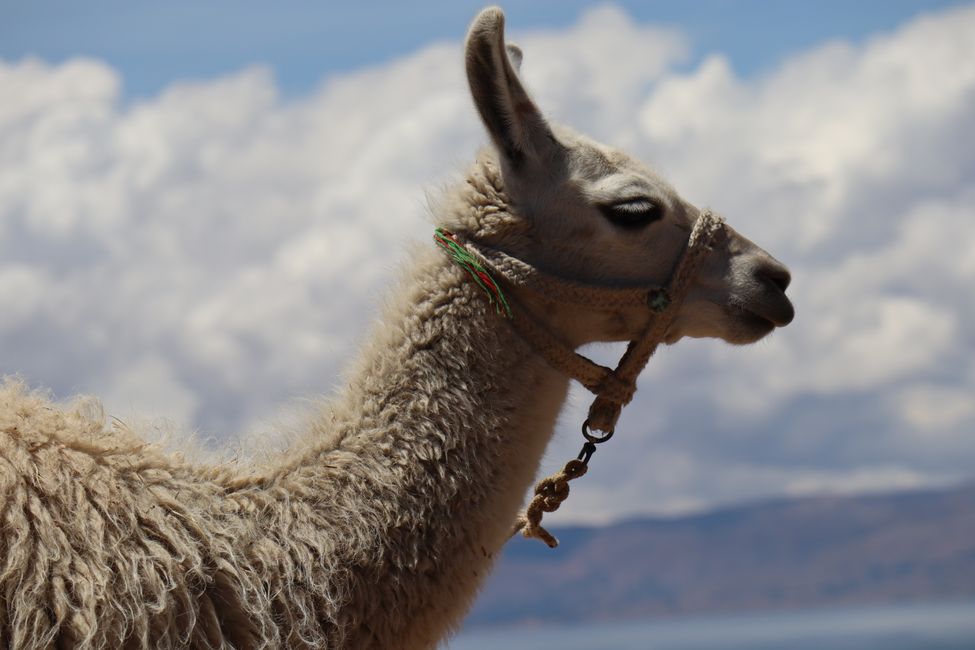
fear-and-loathing-in-southamerica
vakantio.de/fear-and-loathing-in-southamerica
...from claustrophobia to infinite foresight (Potosi-Tupiza-Uyuni)
Publicat: 07.11.2022
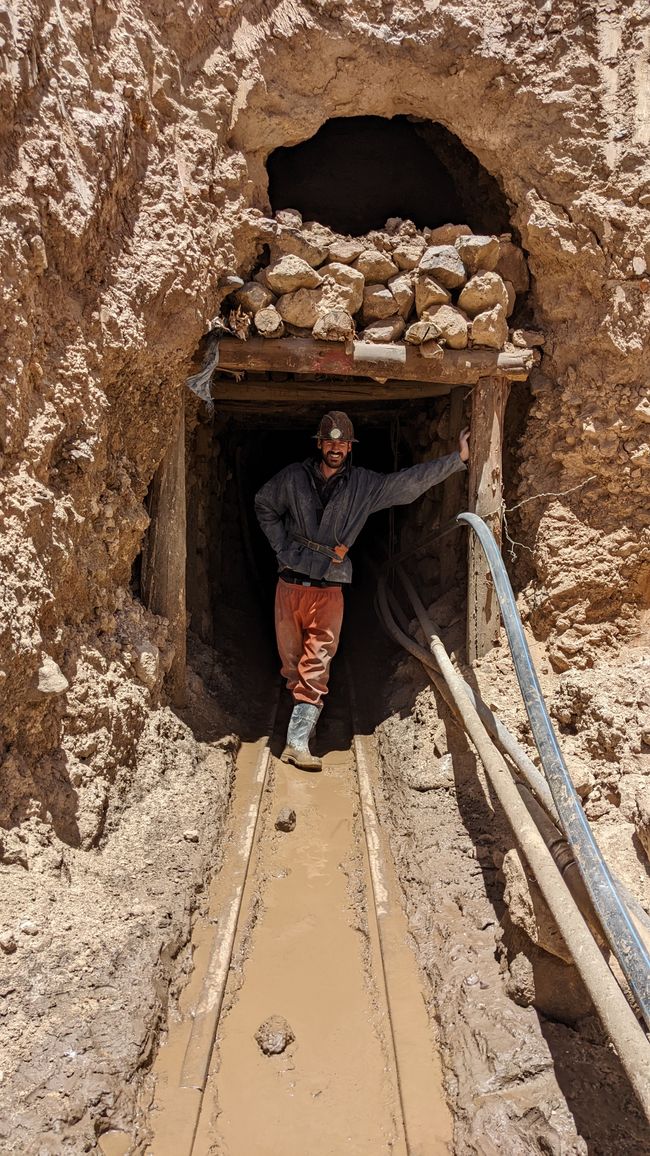
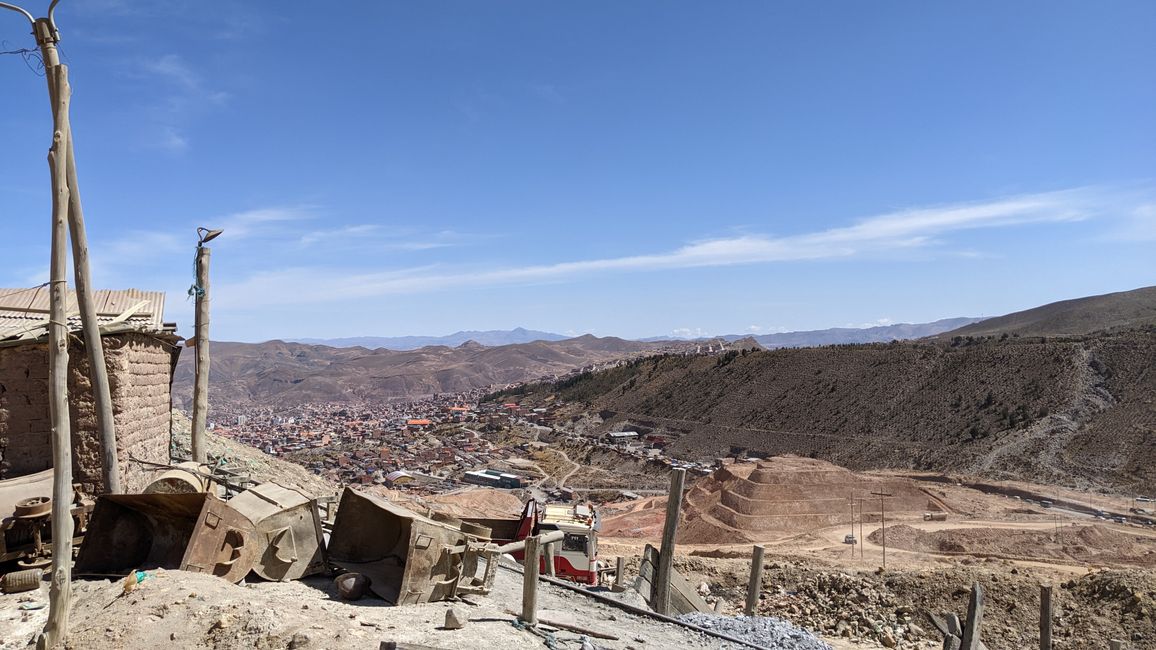
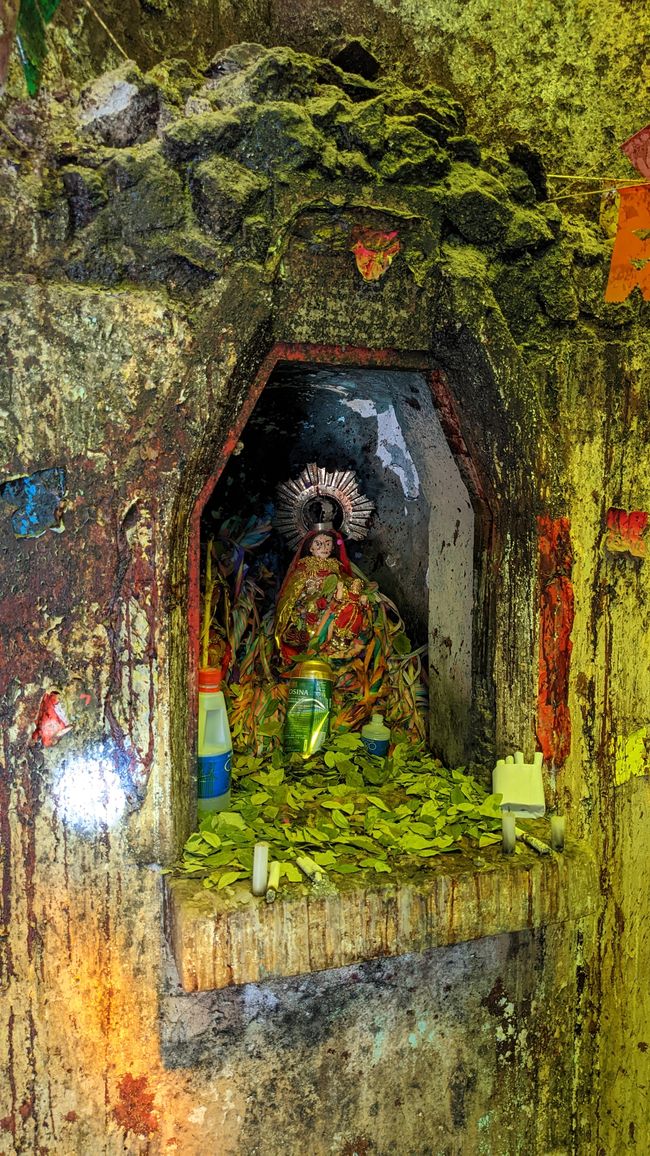
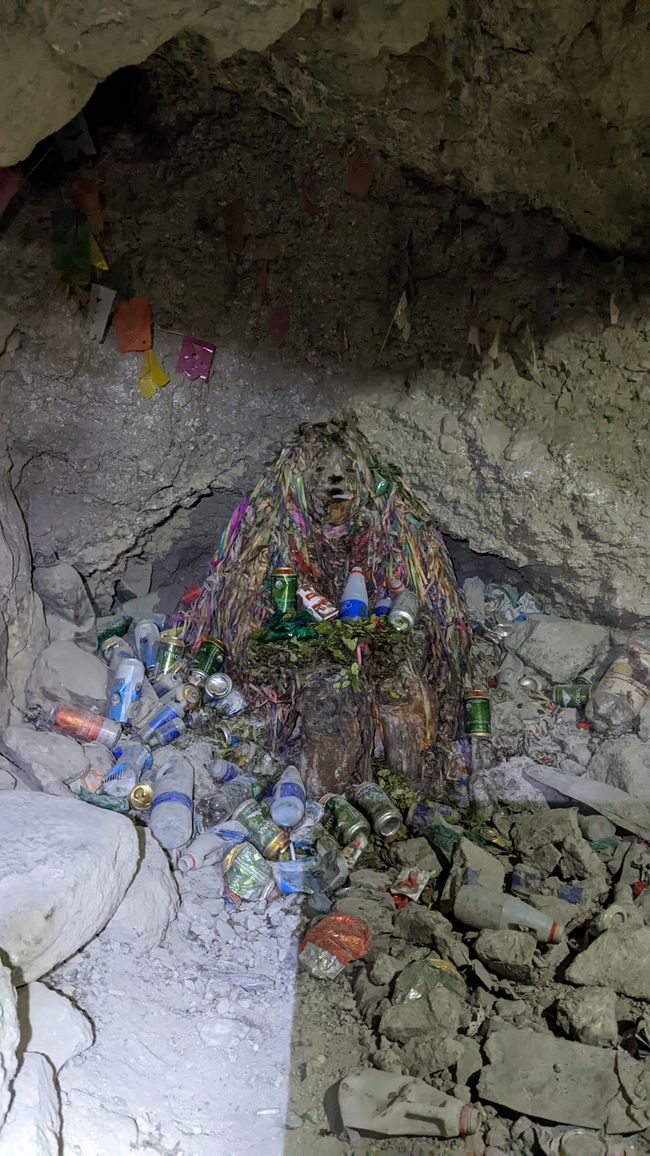
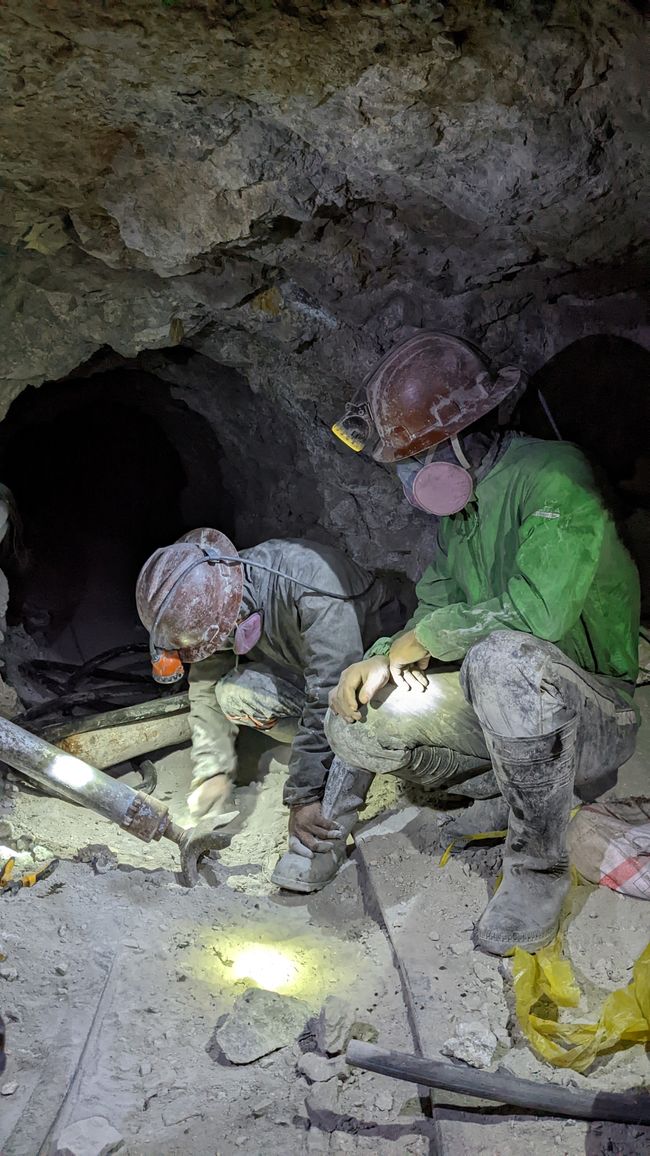
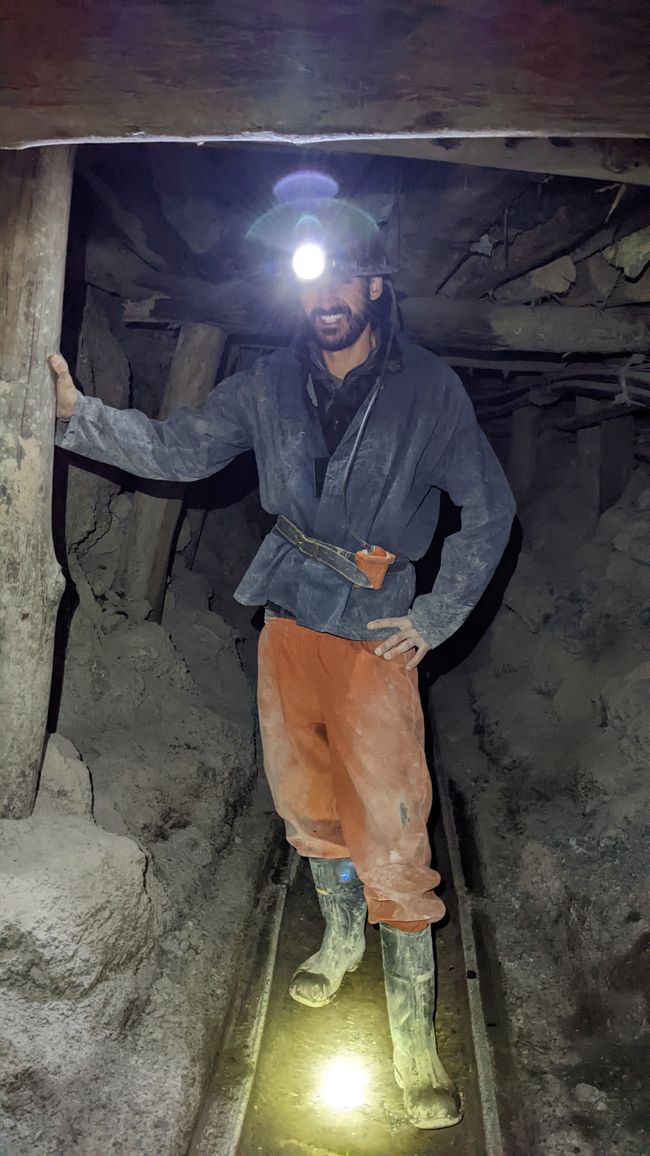
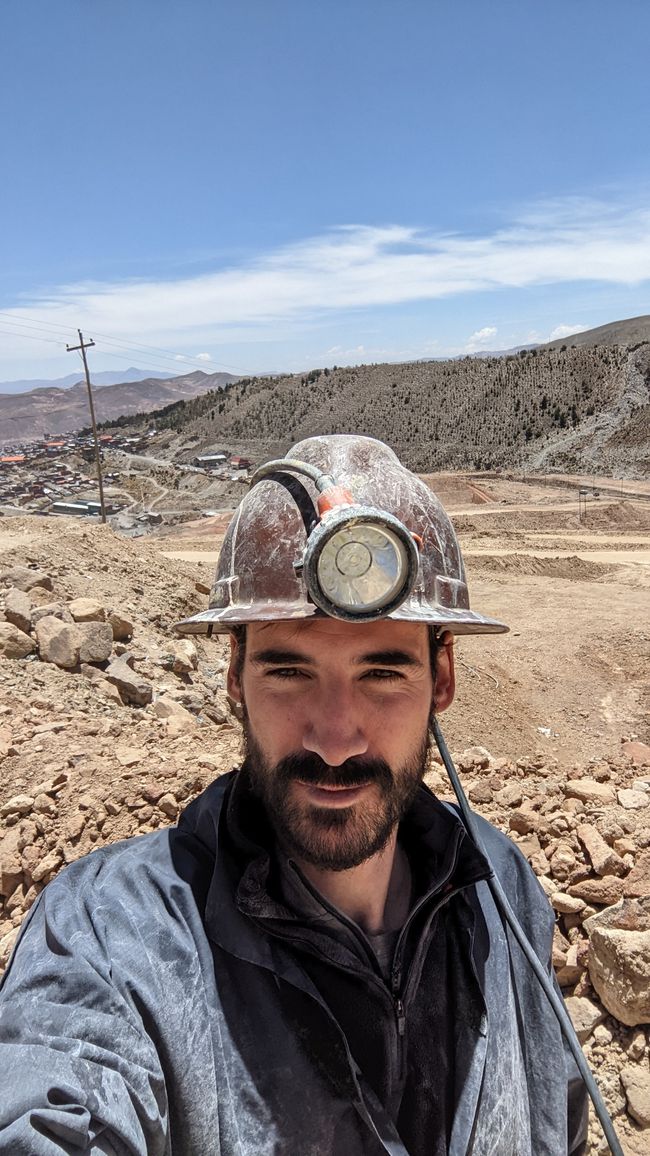
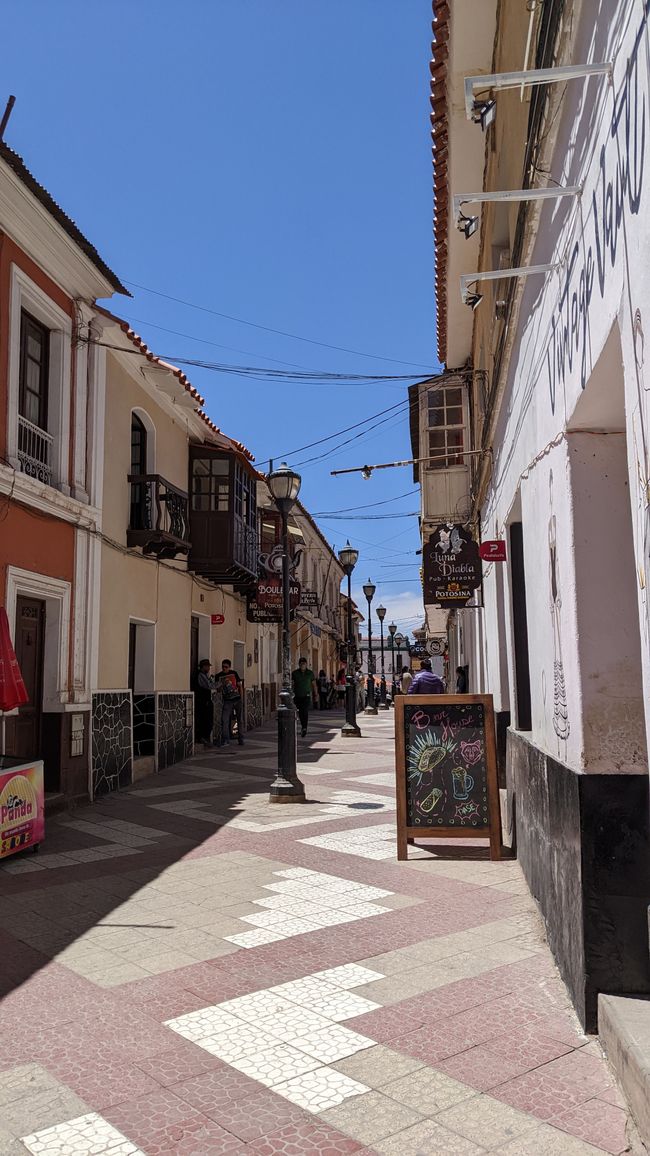
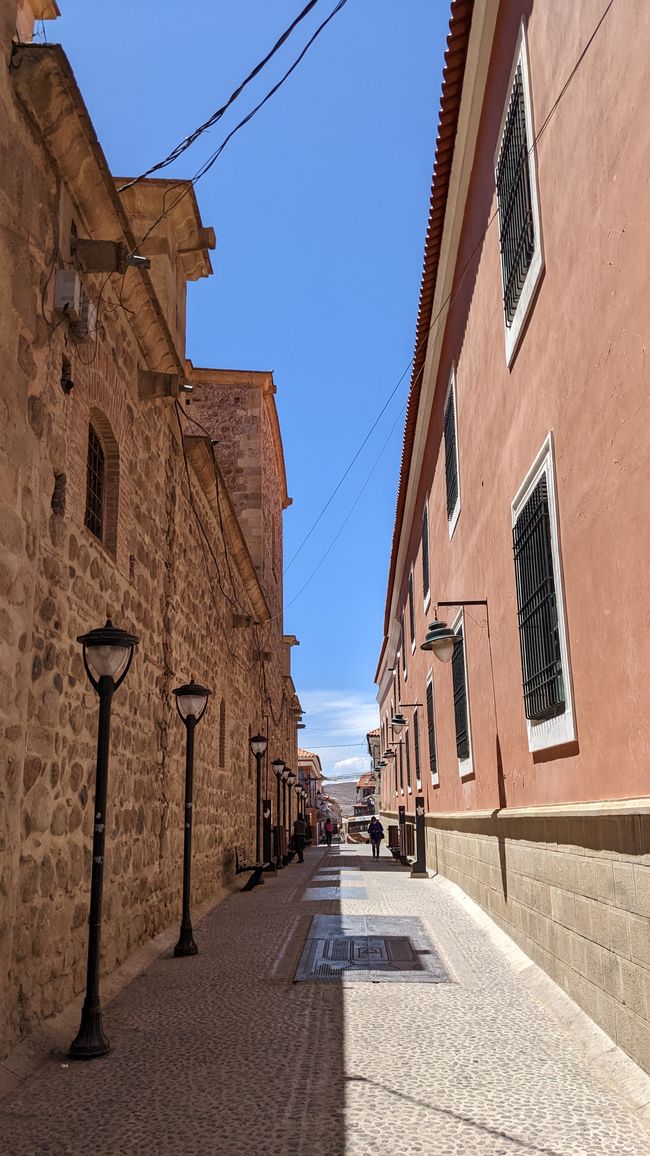
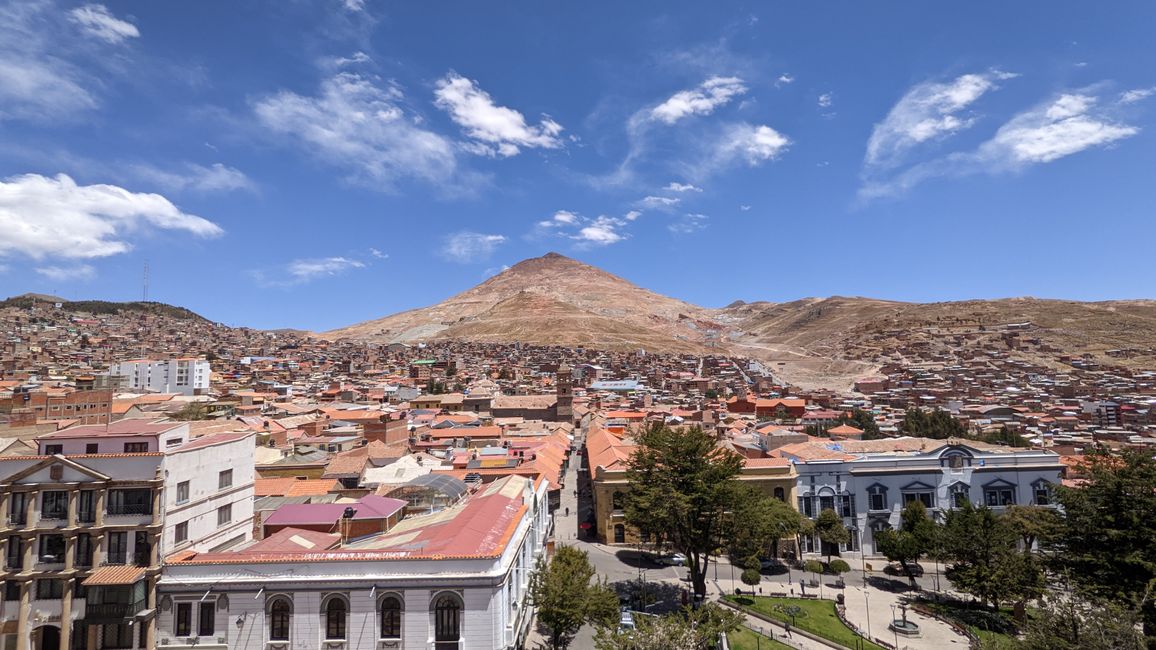
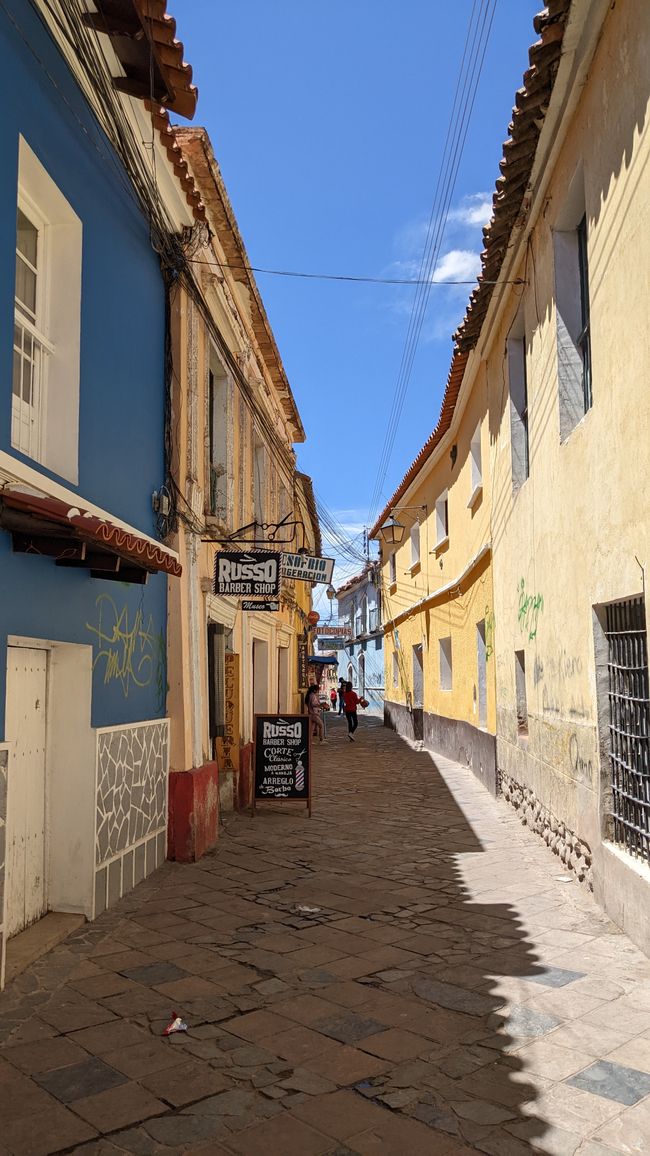
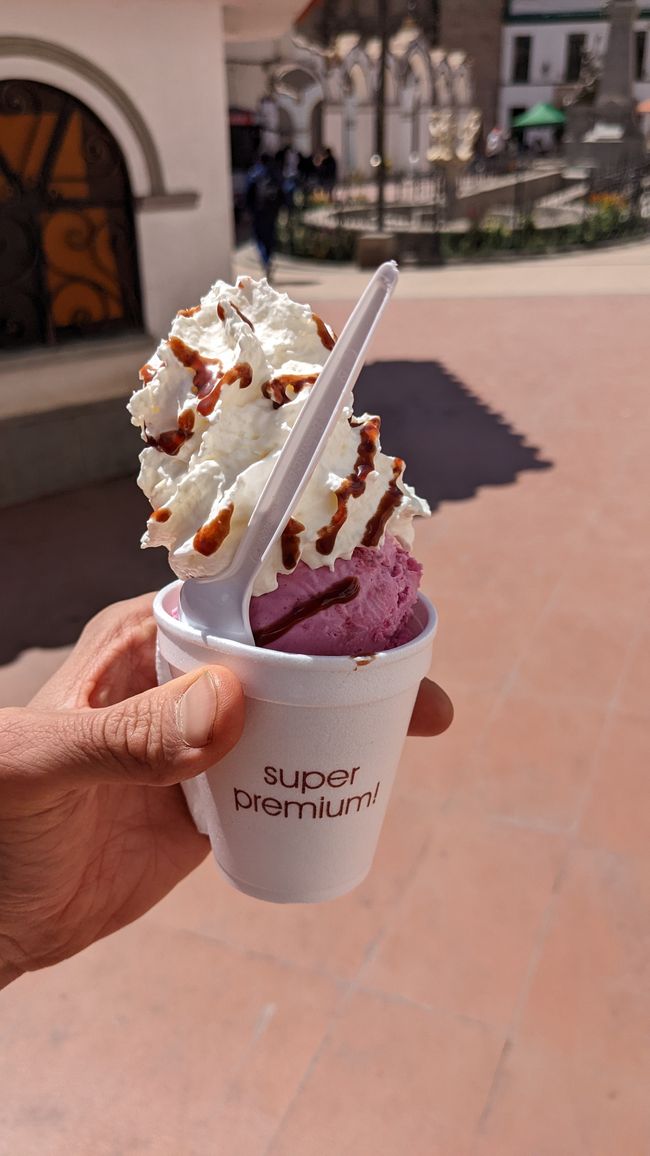
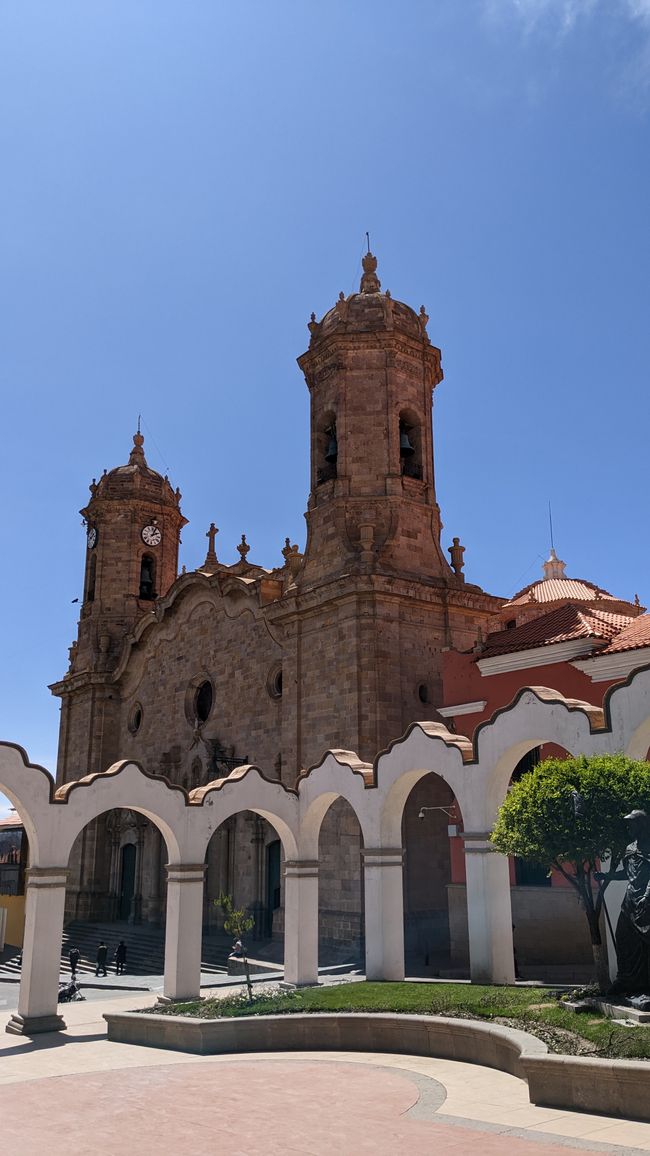
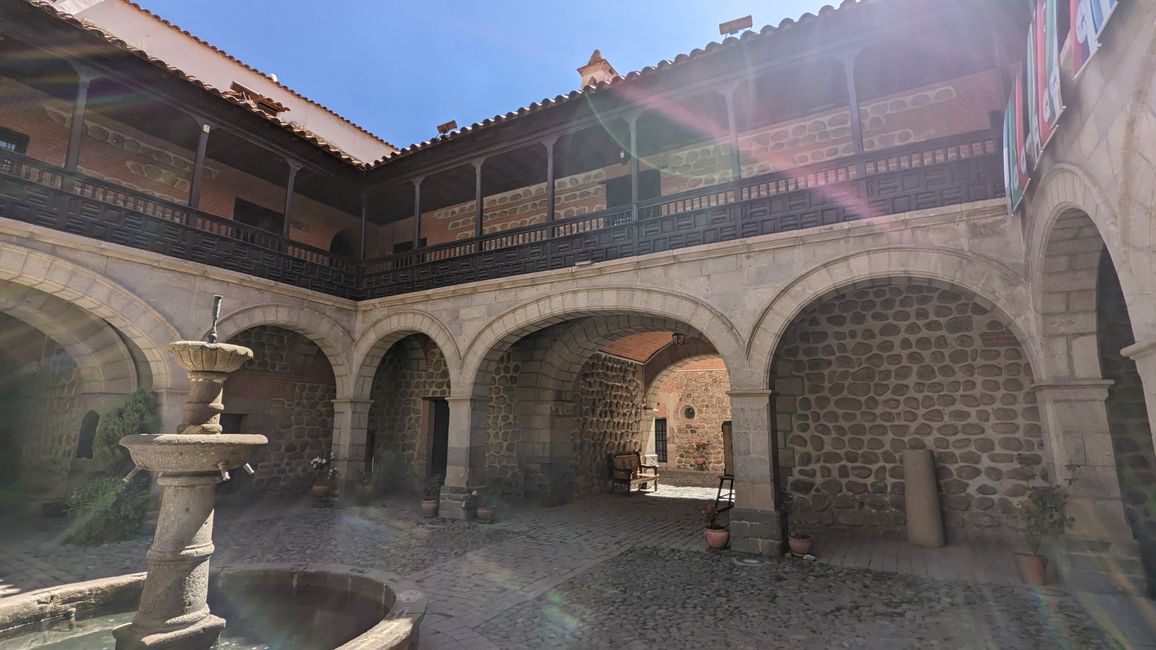
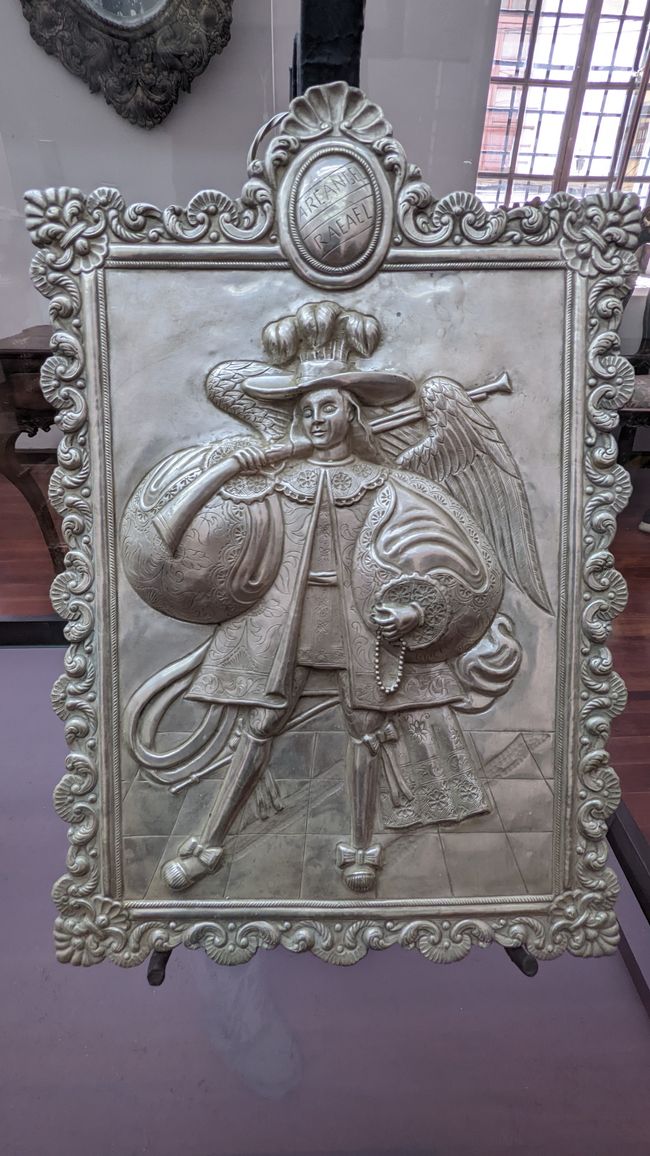
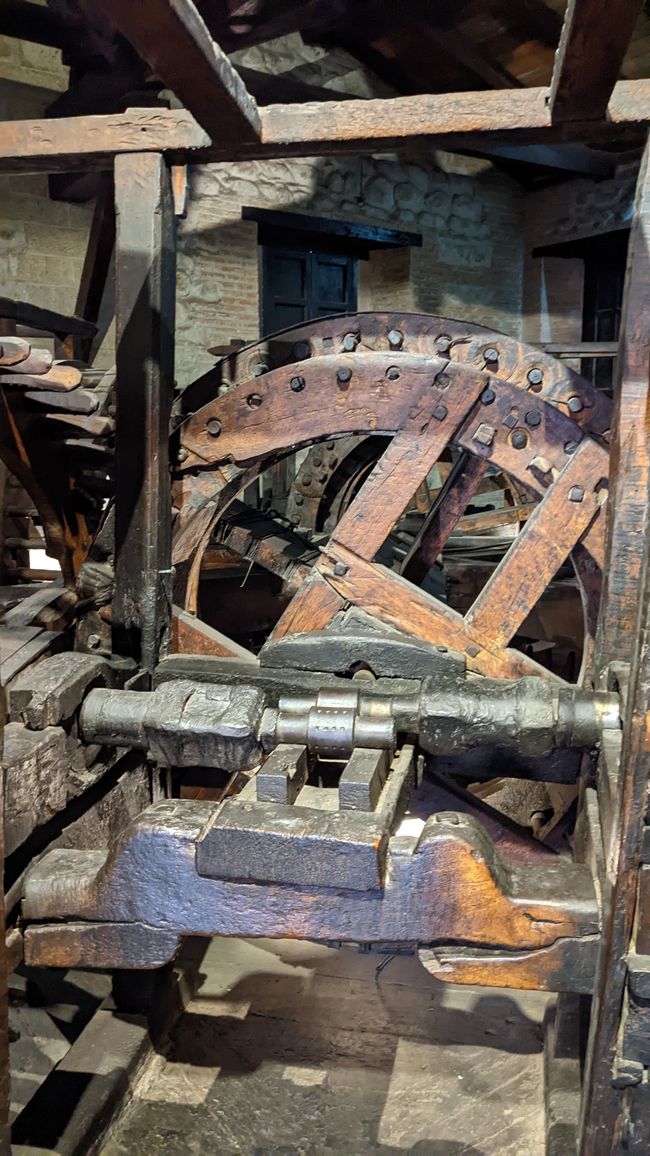
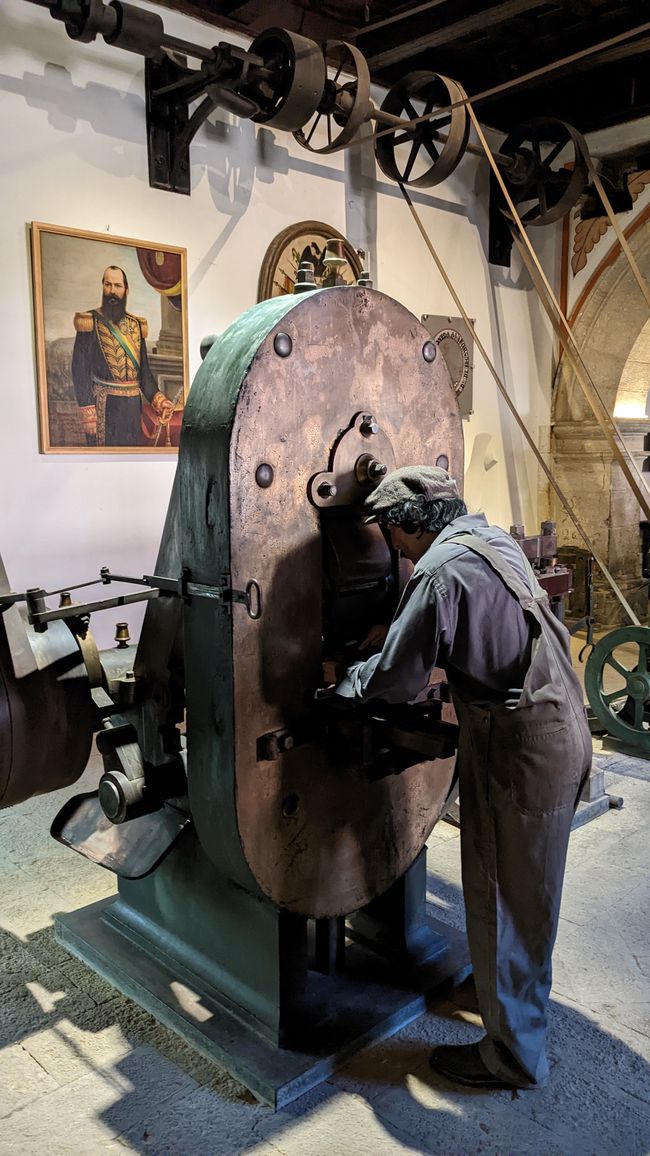
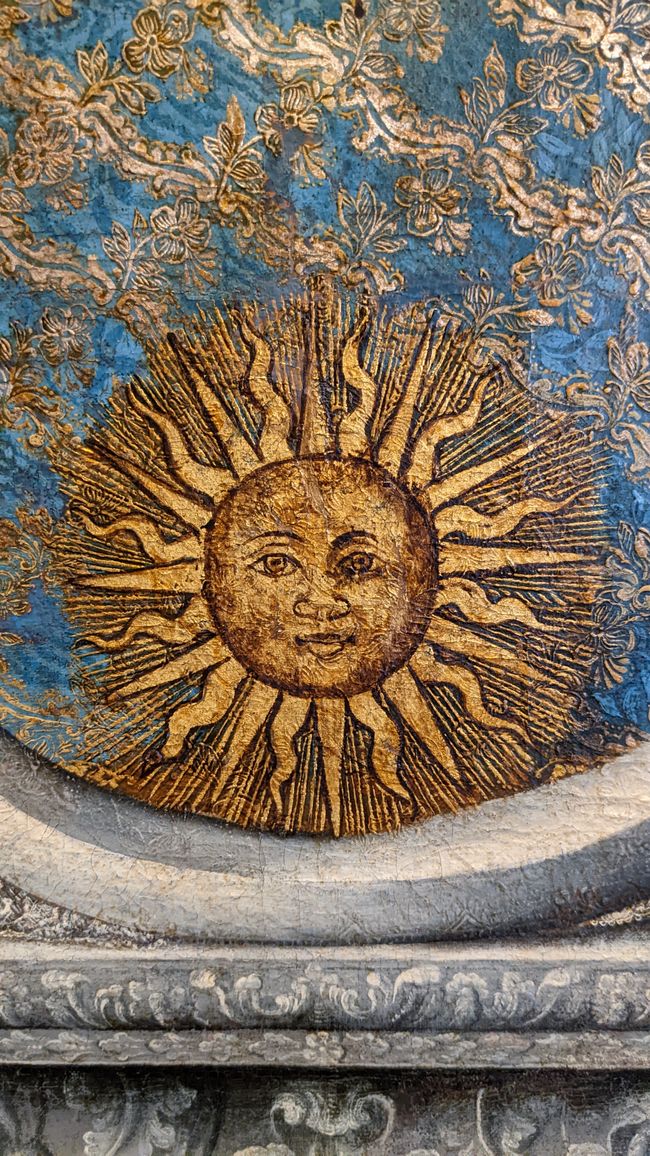
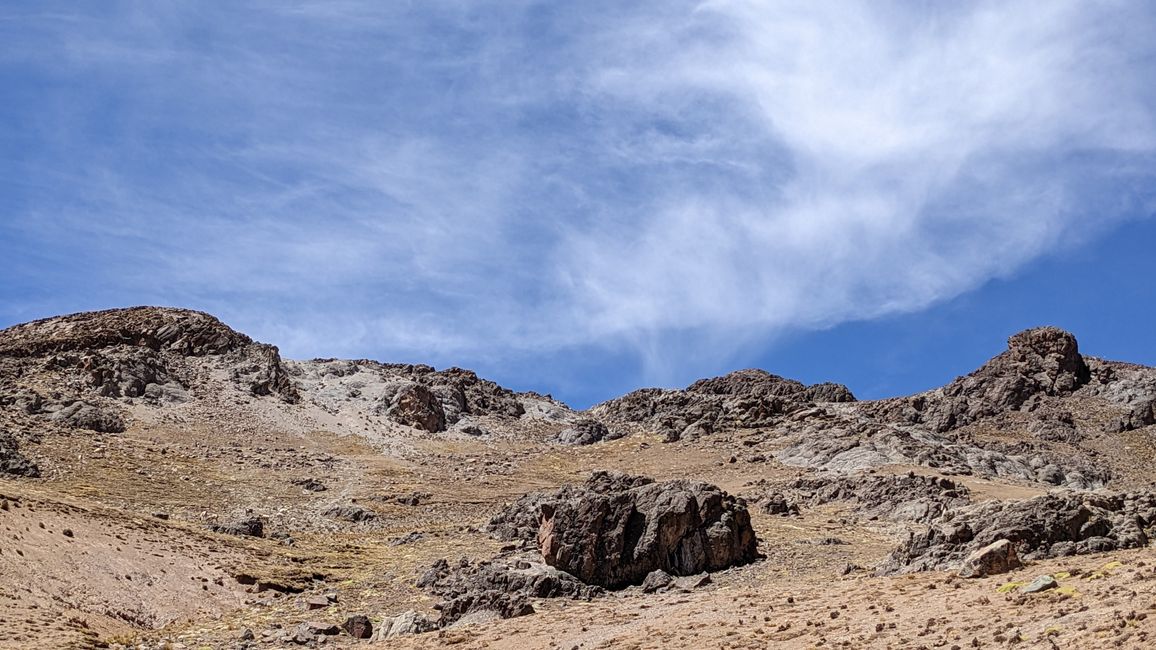
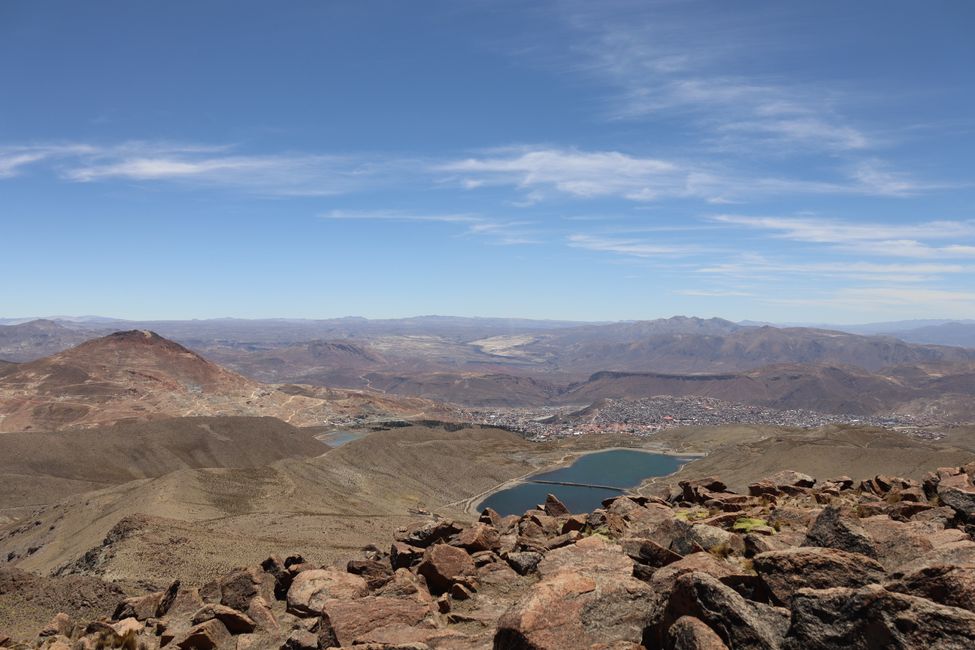
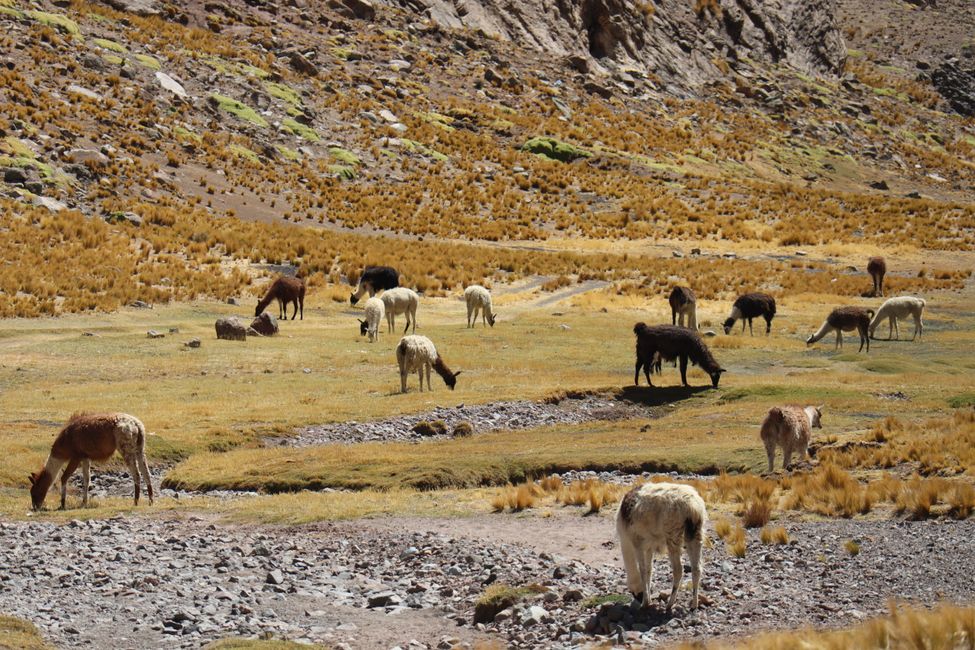
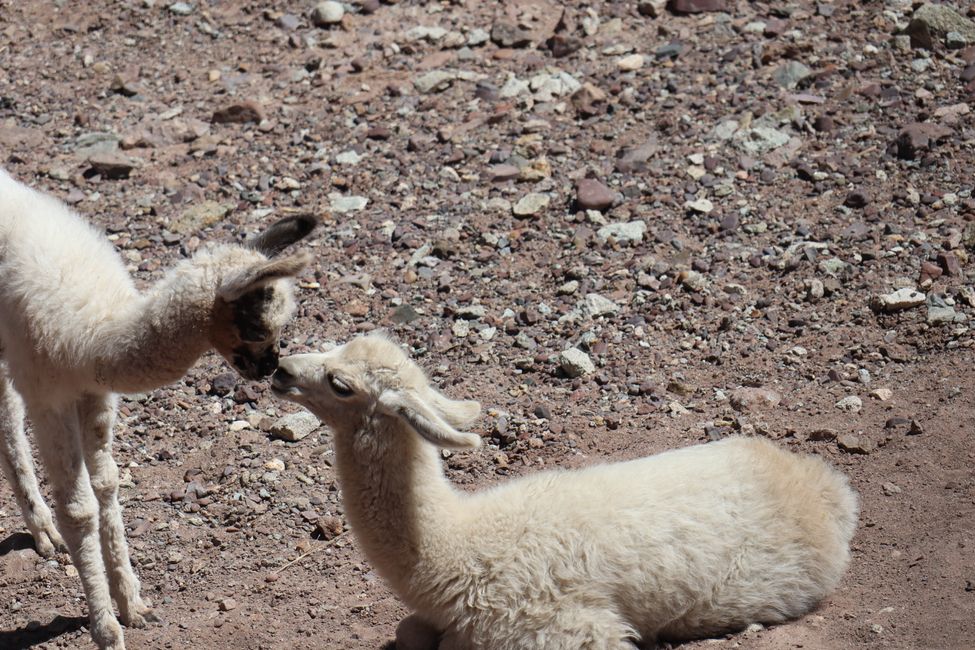
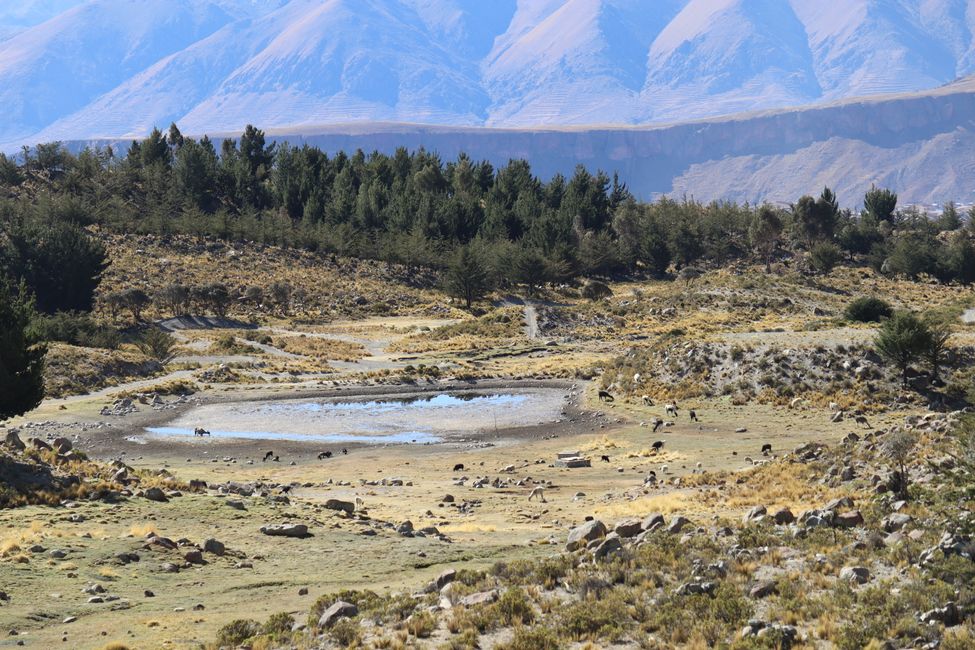
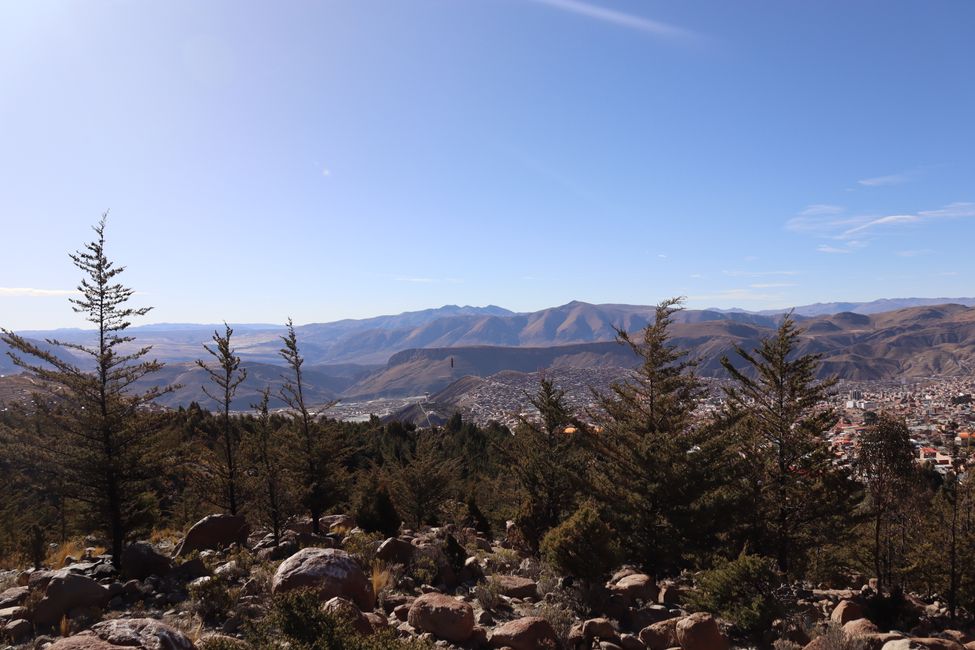
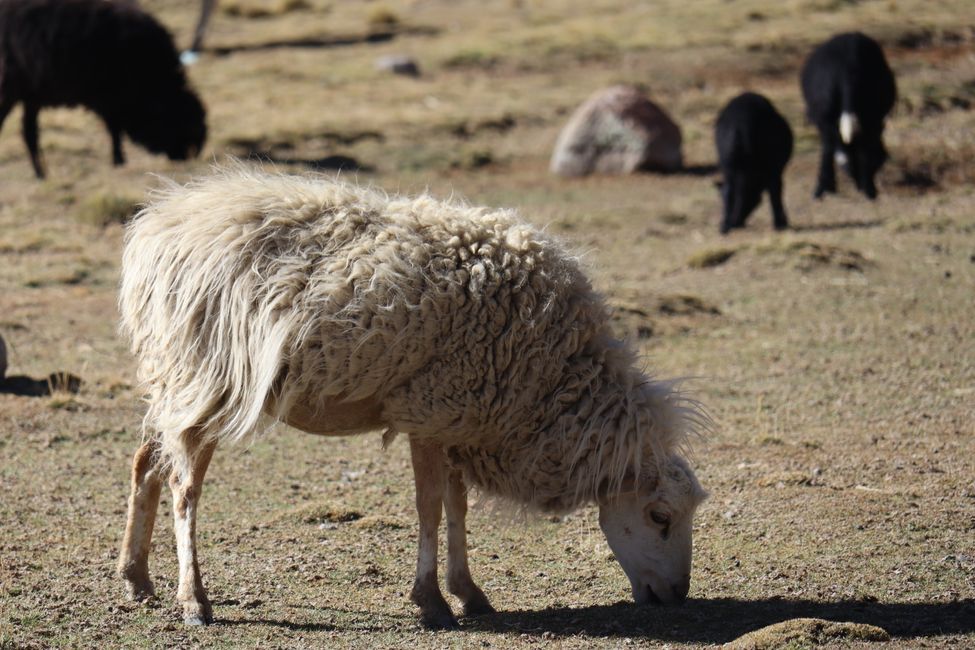
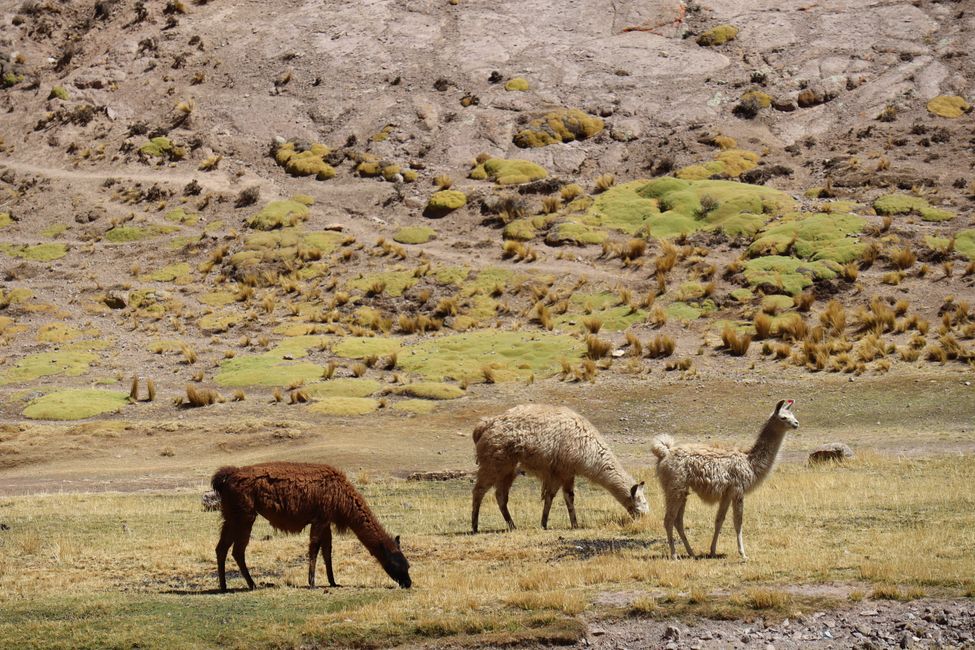
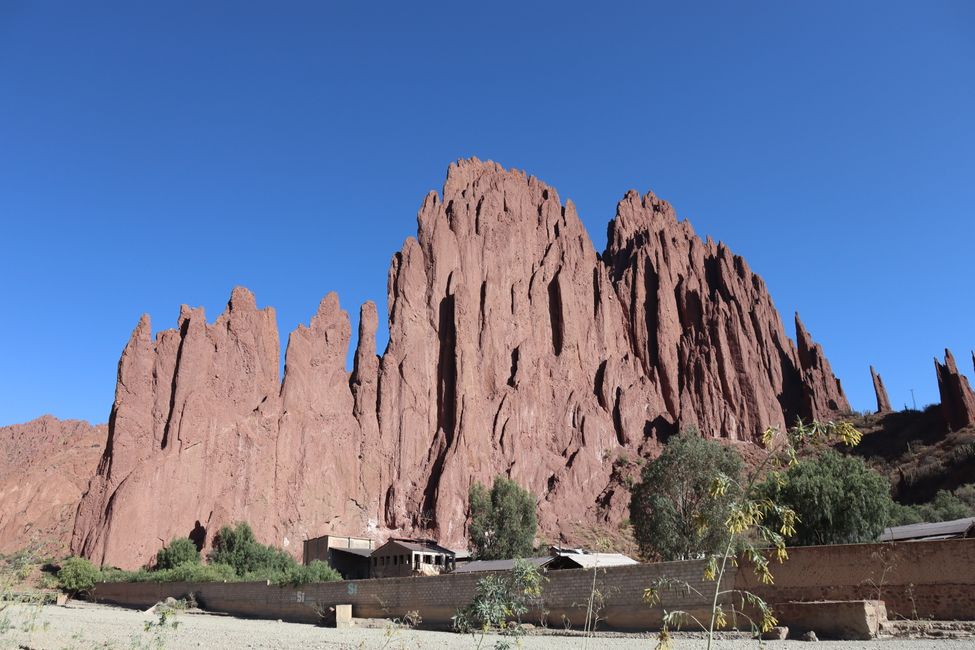
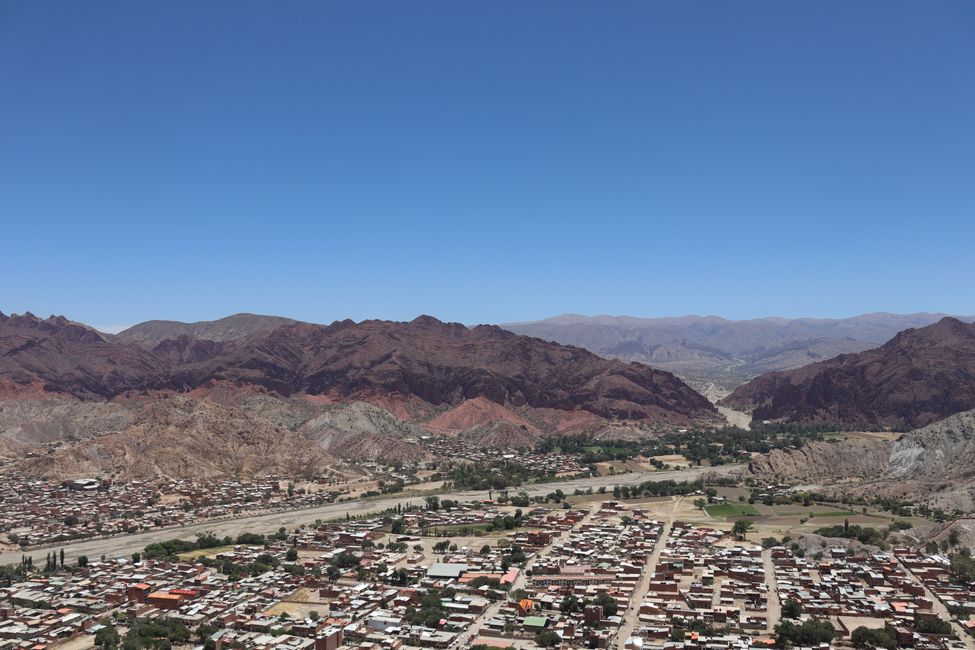
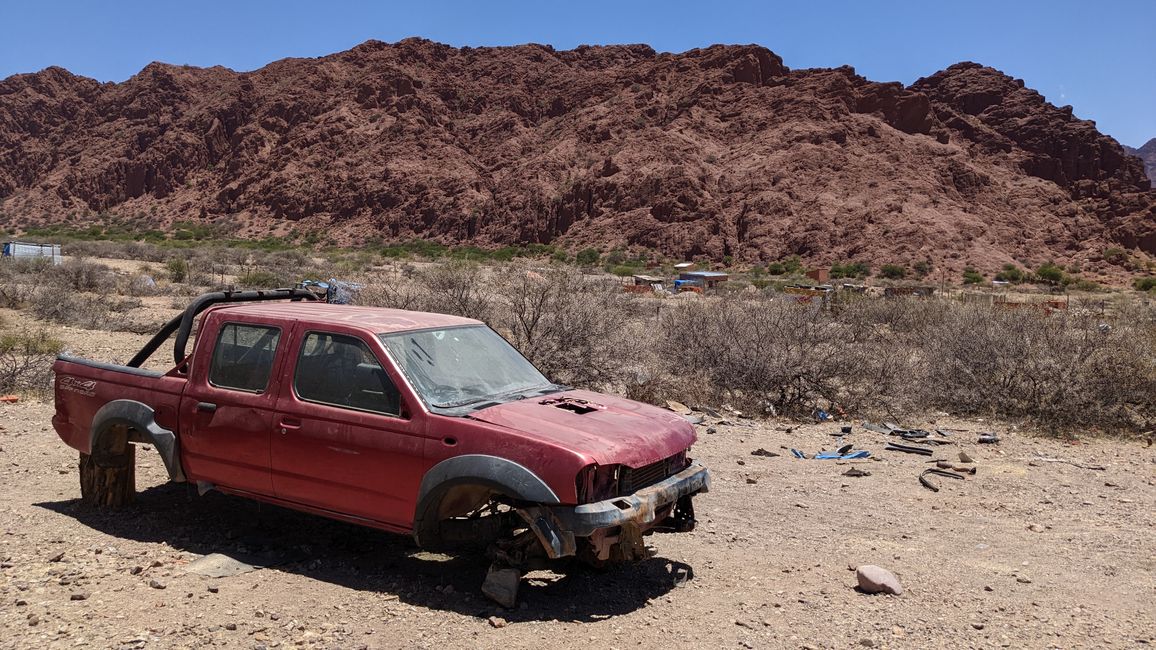
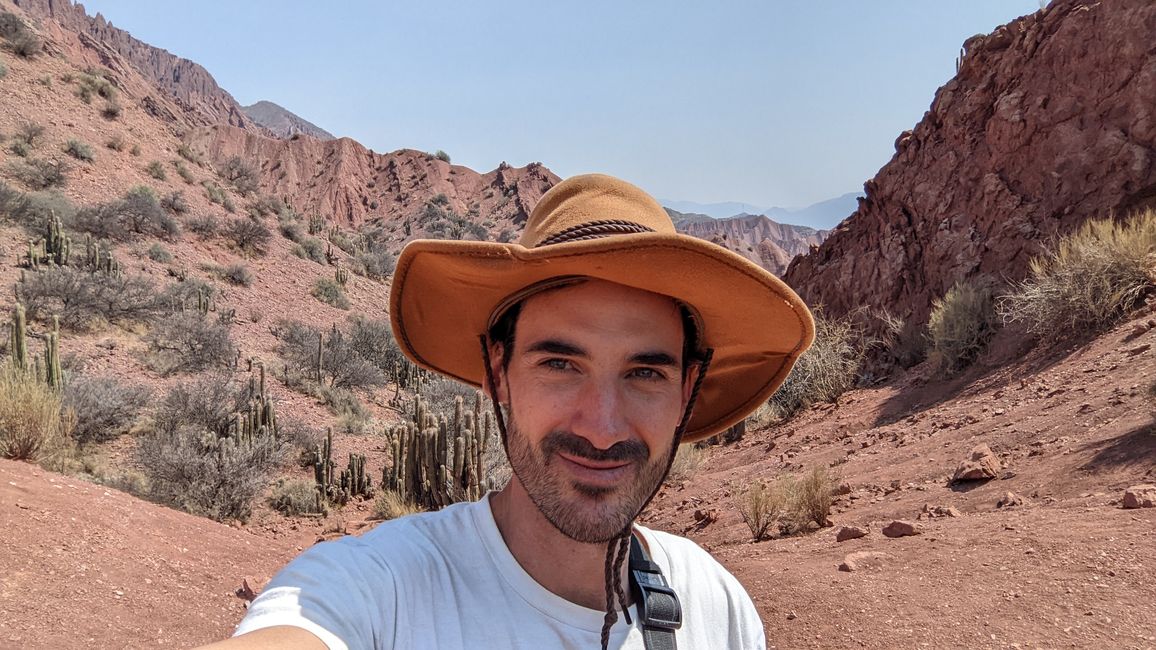
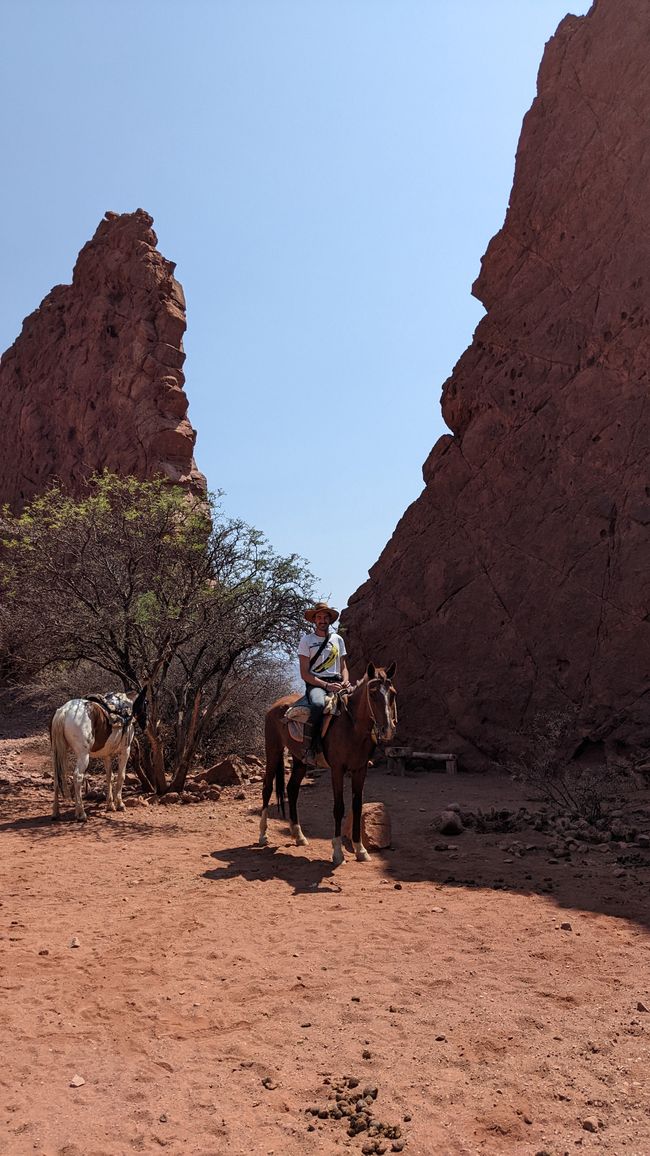
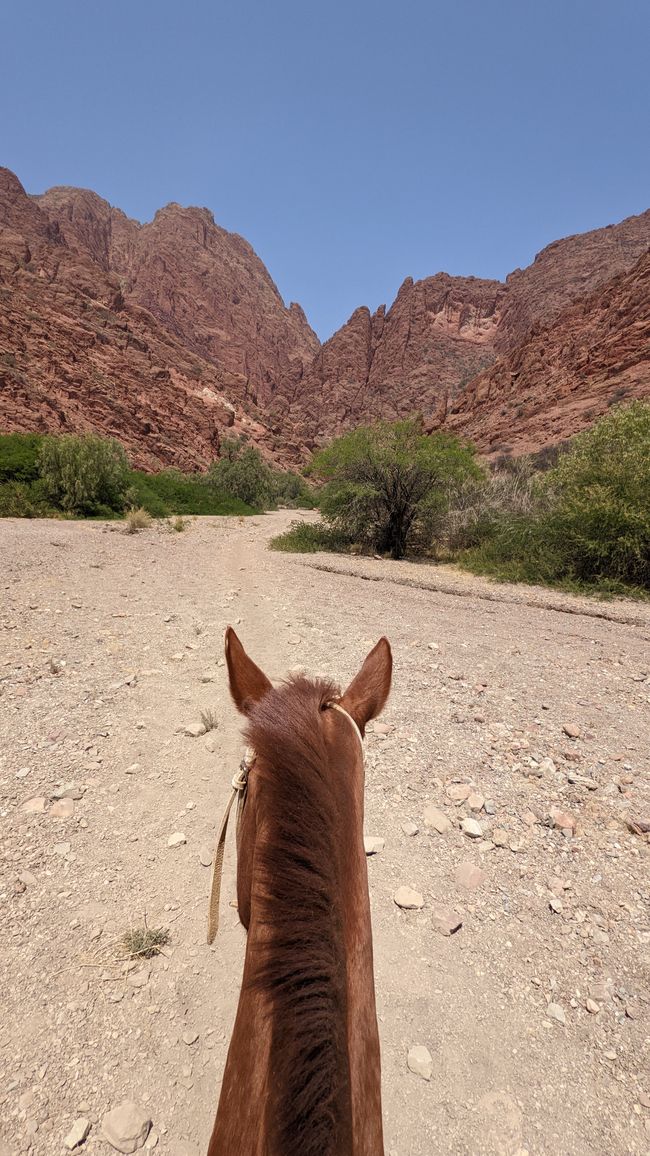
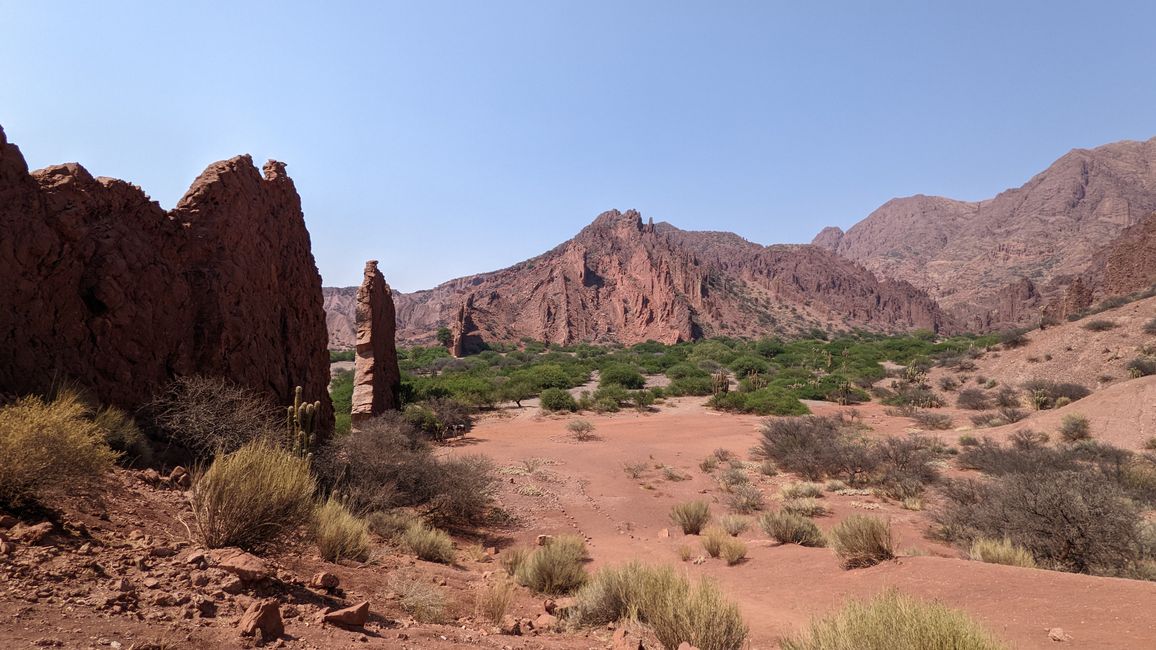
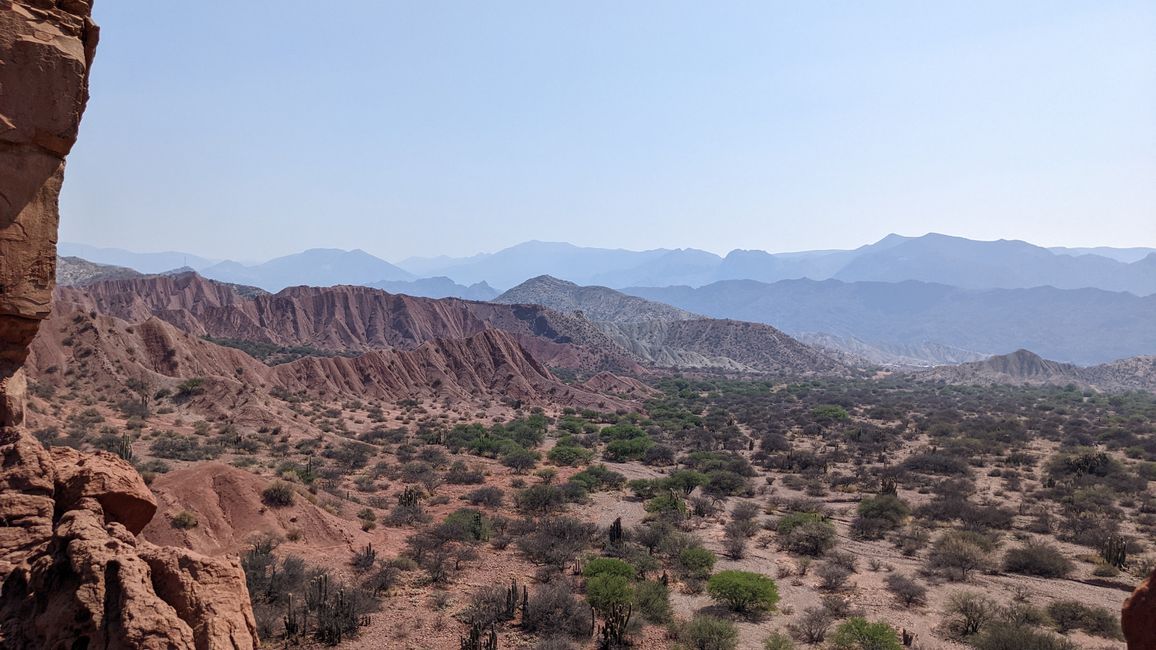
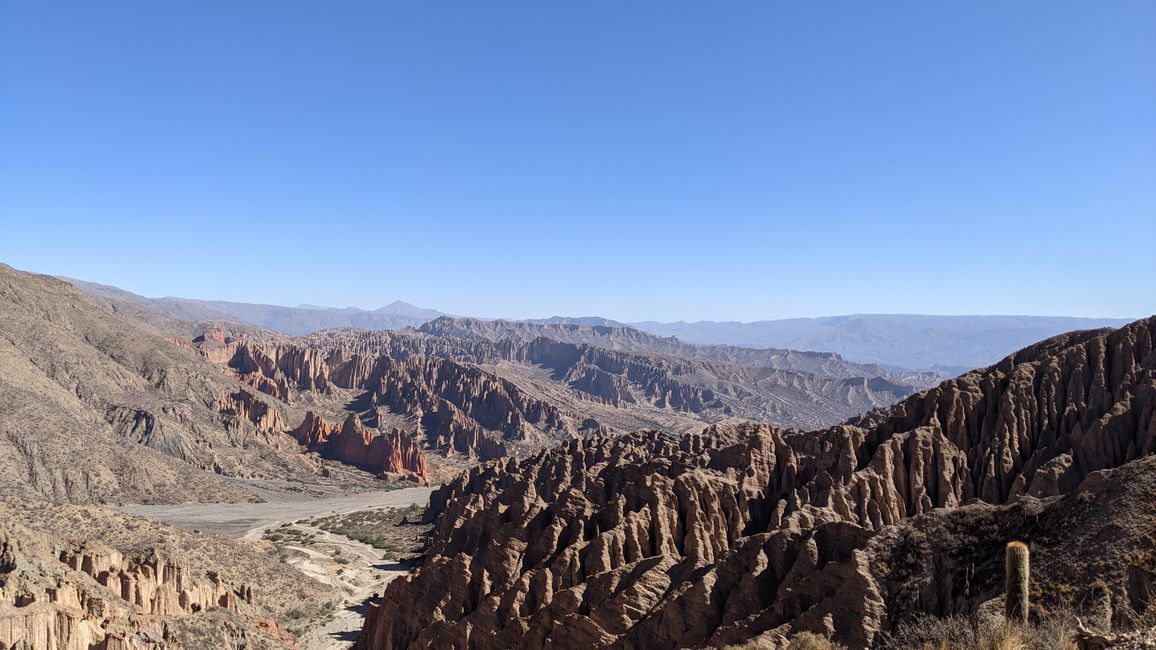
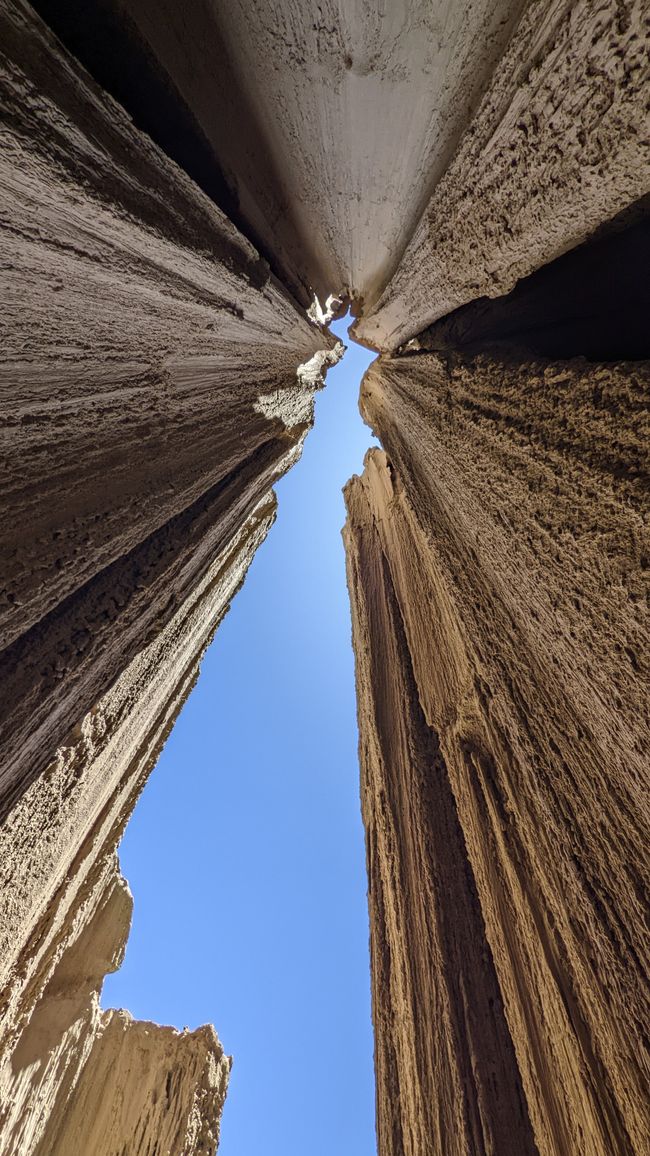
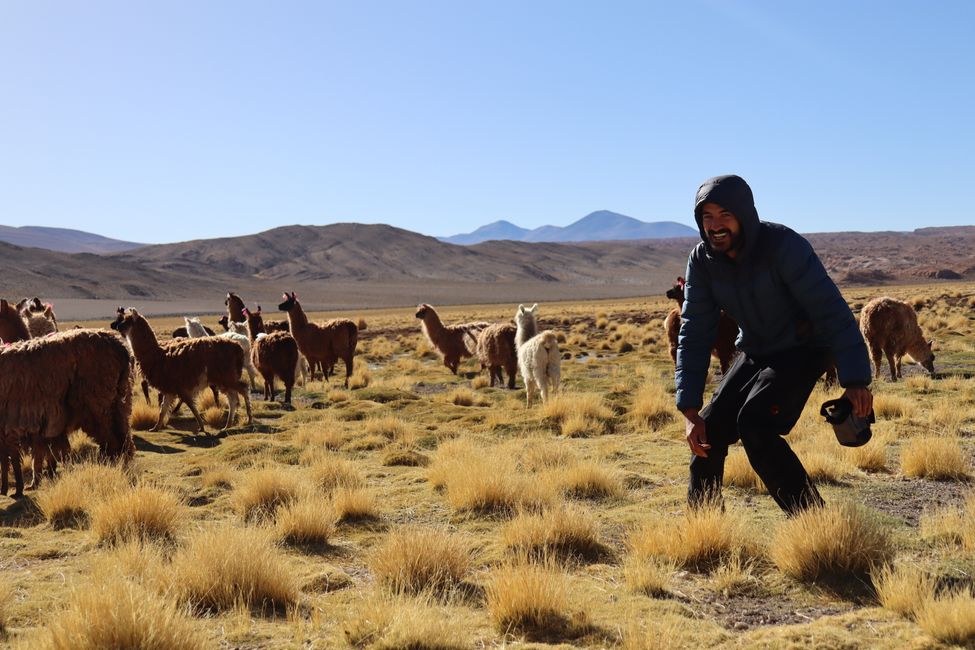

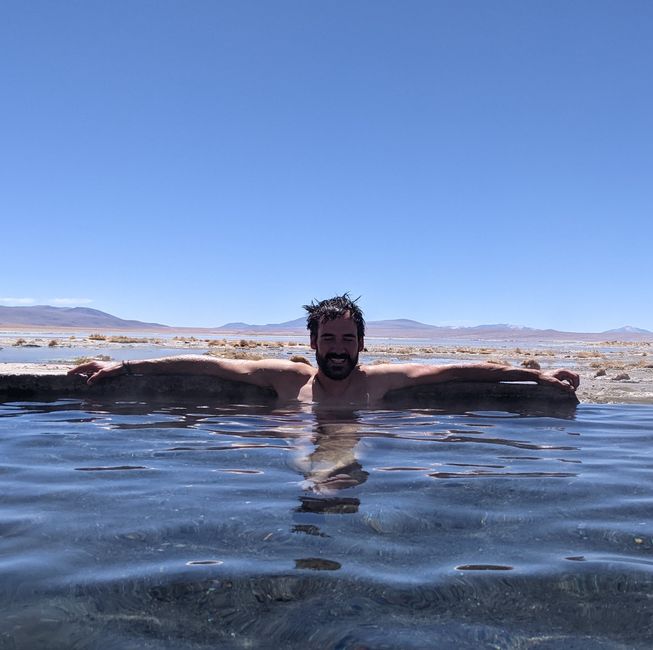
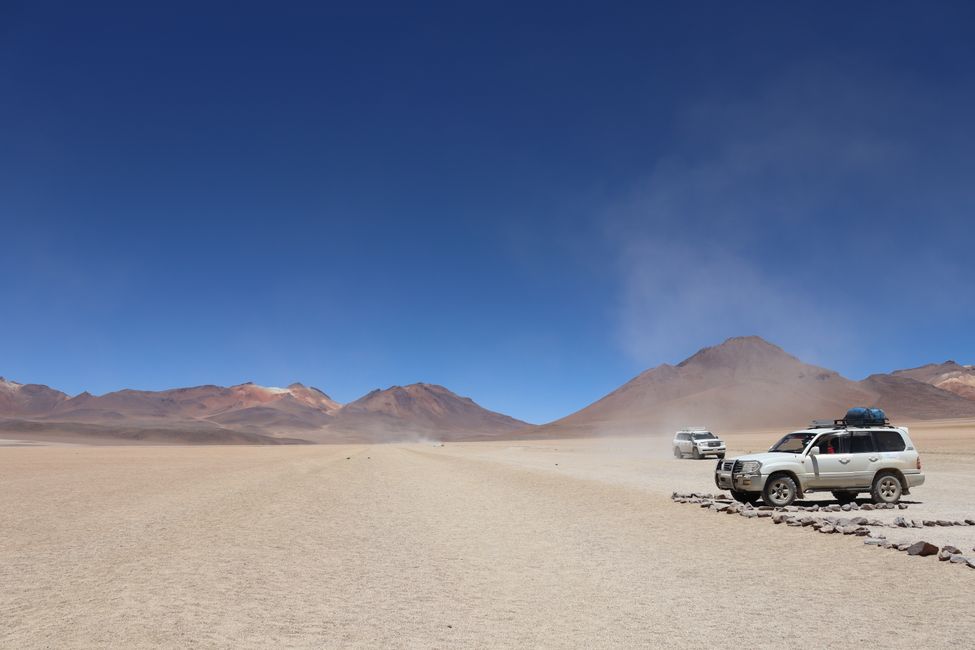
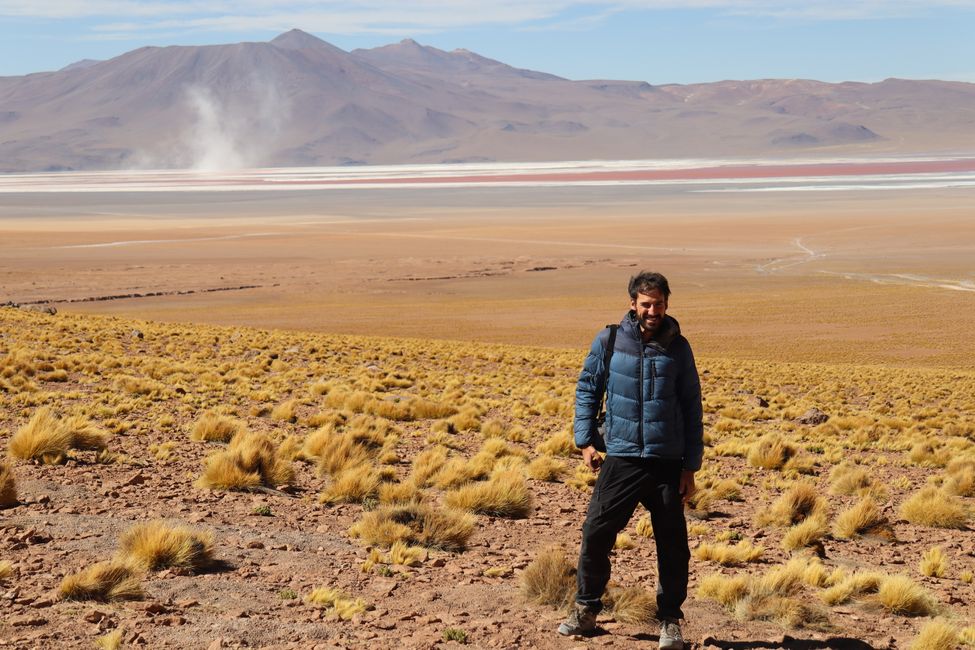
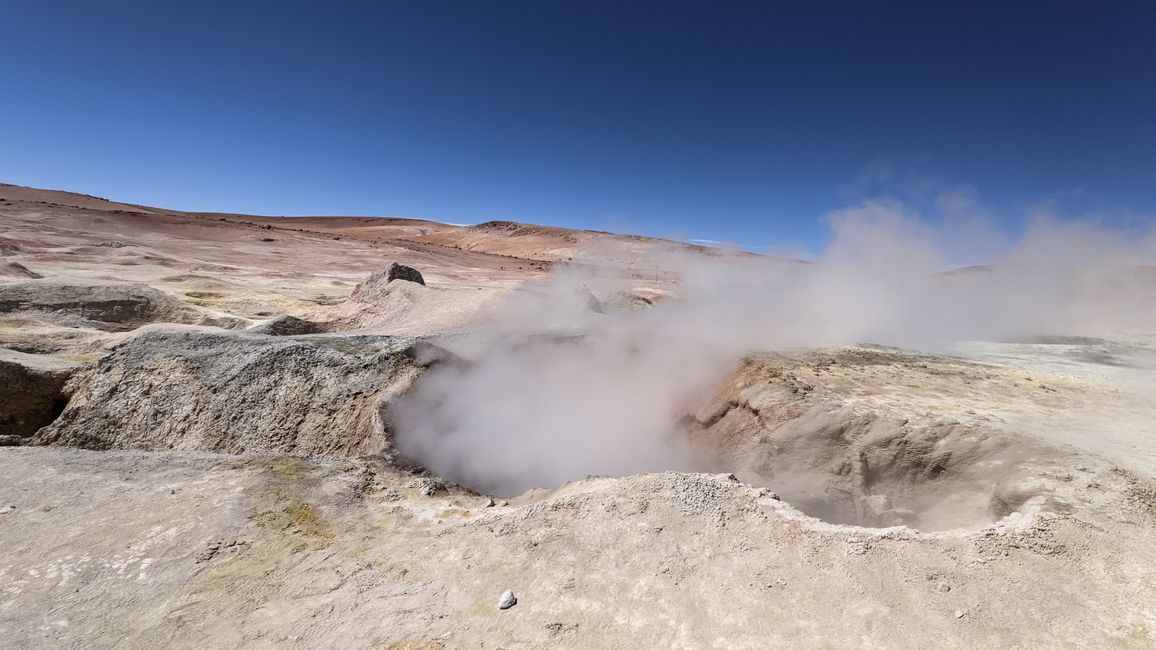
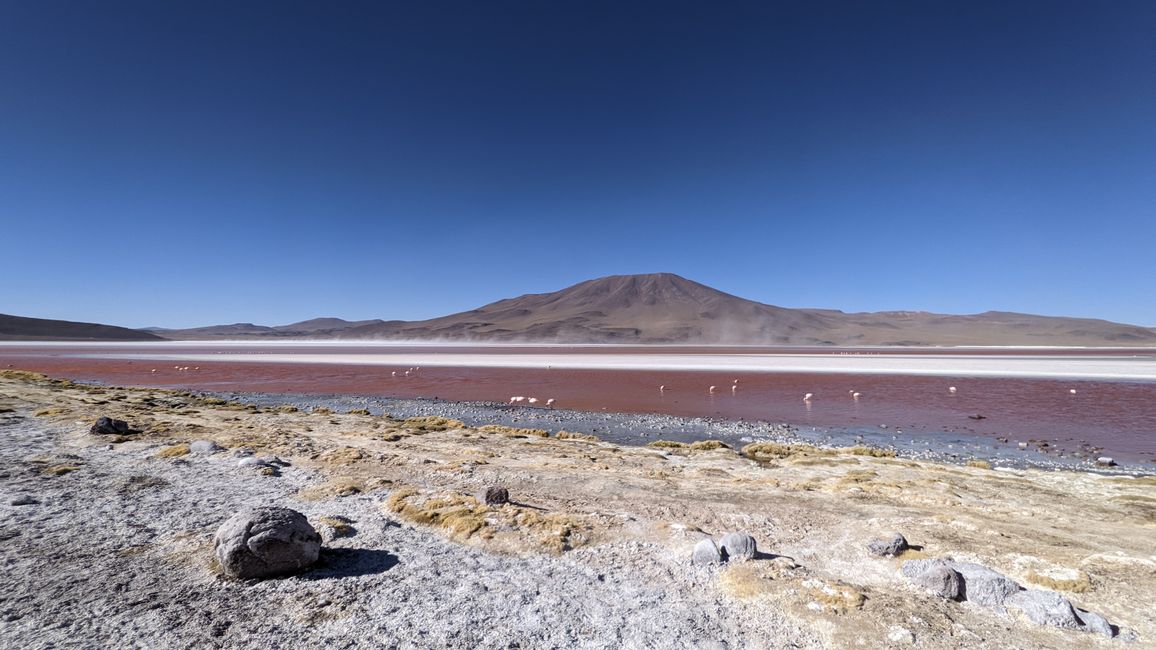
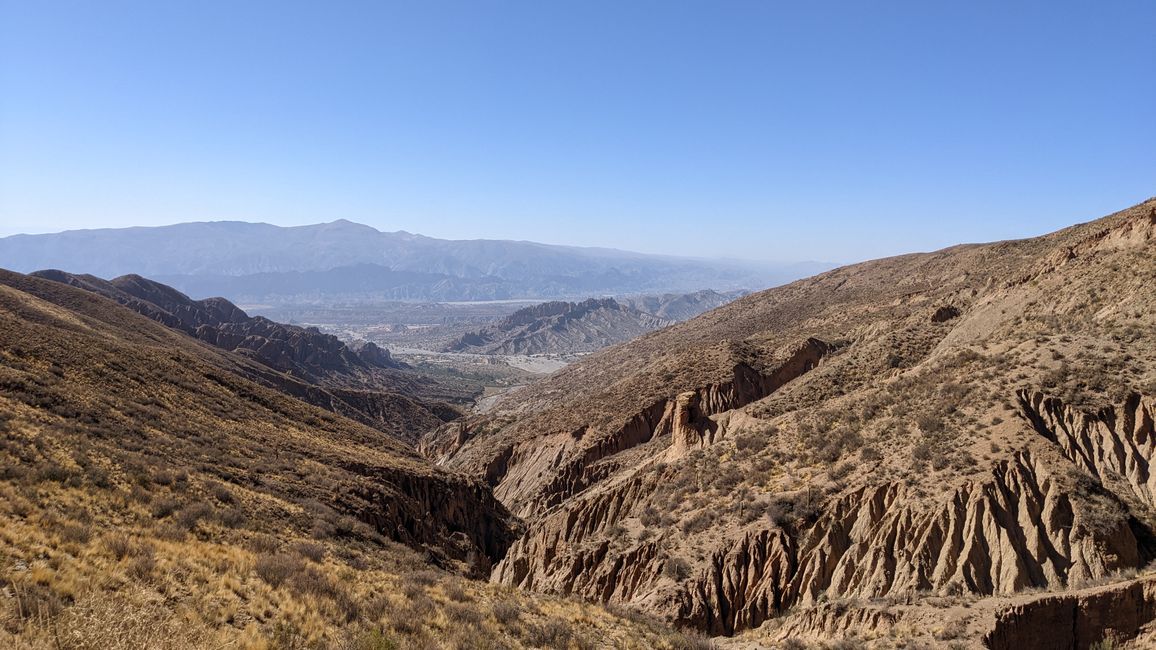
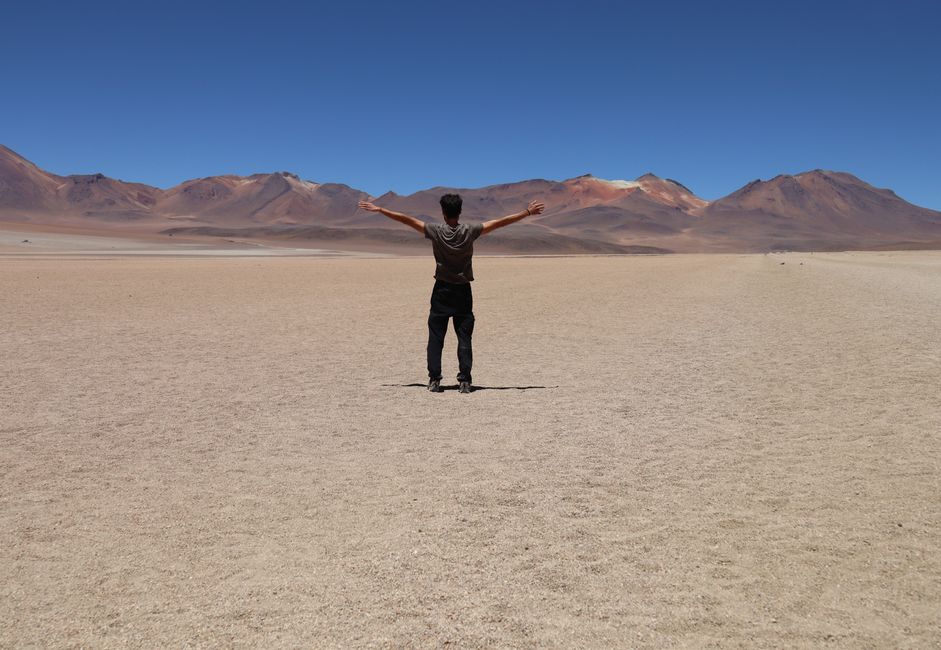
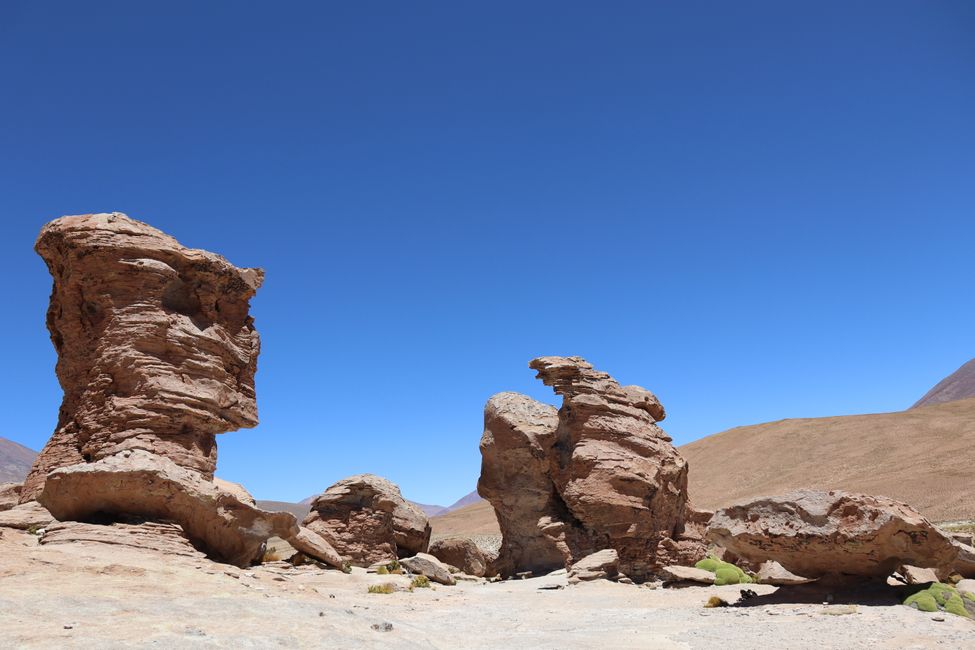

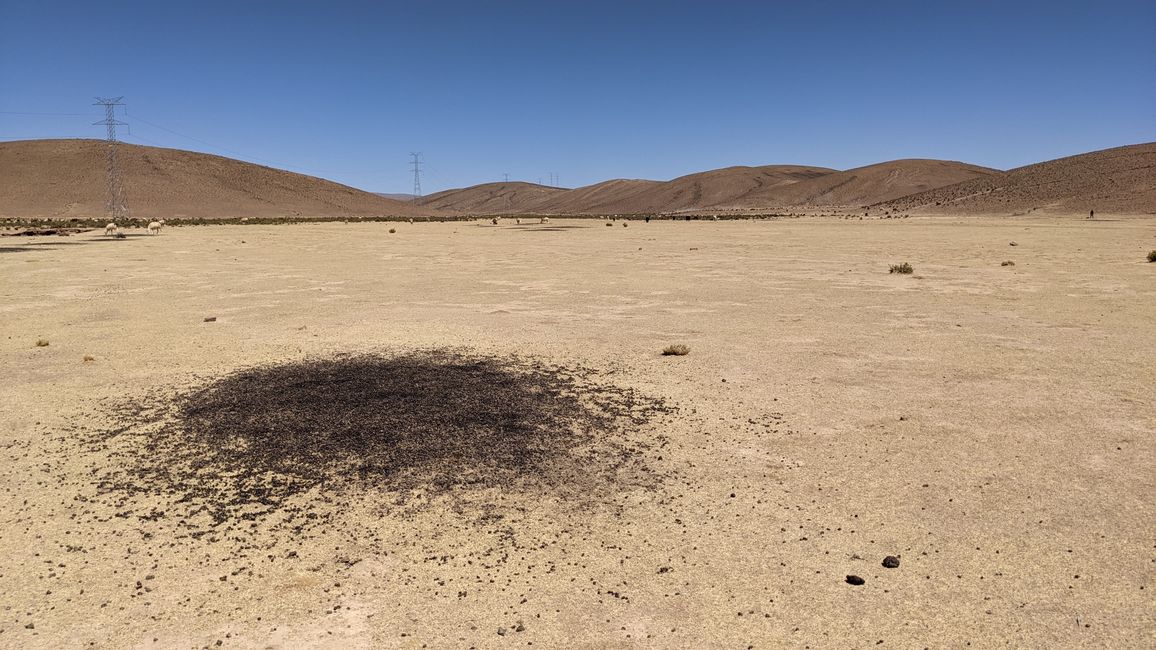
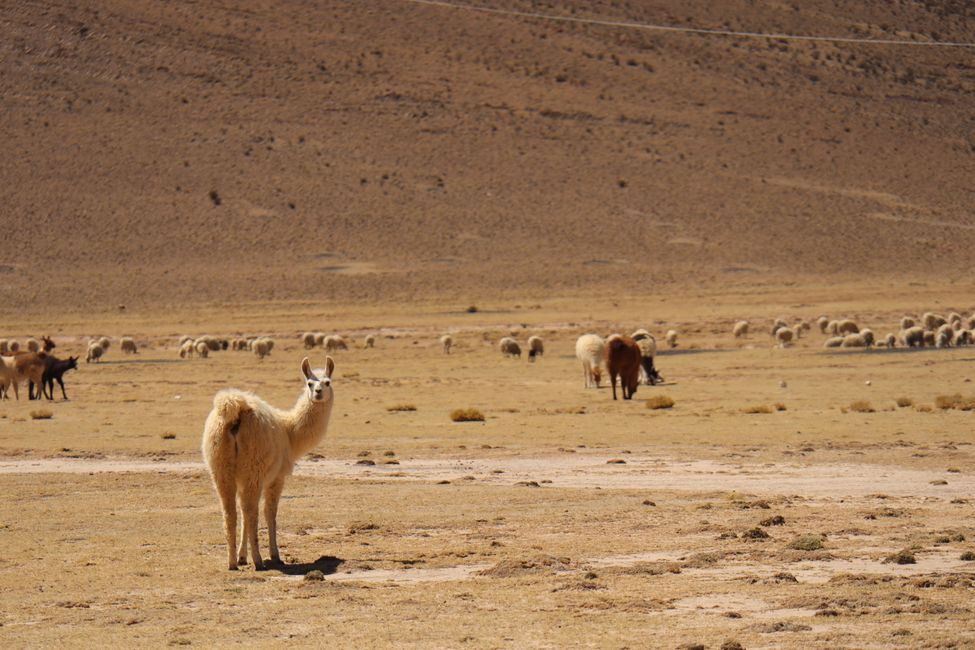
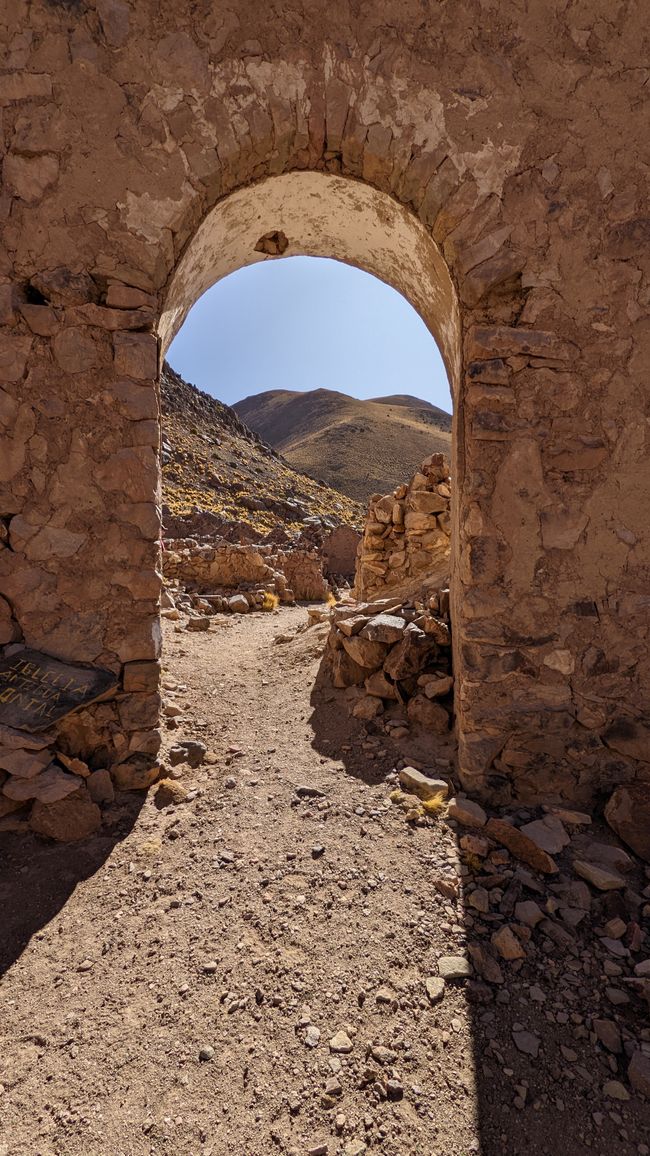
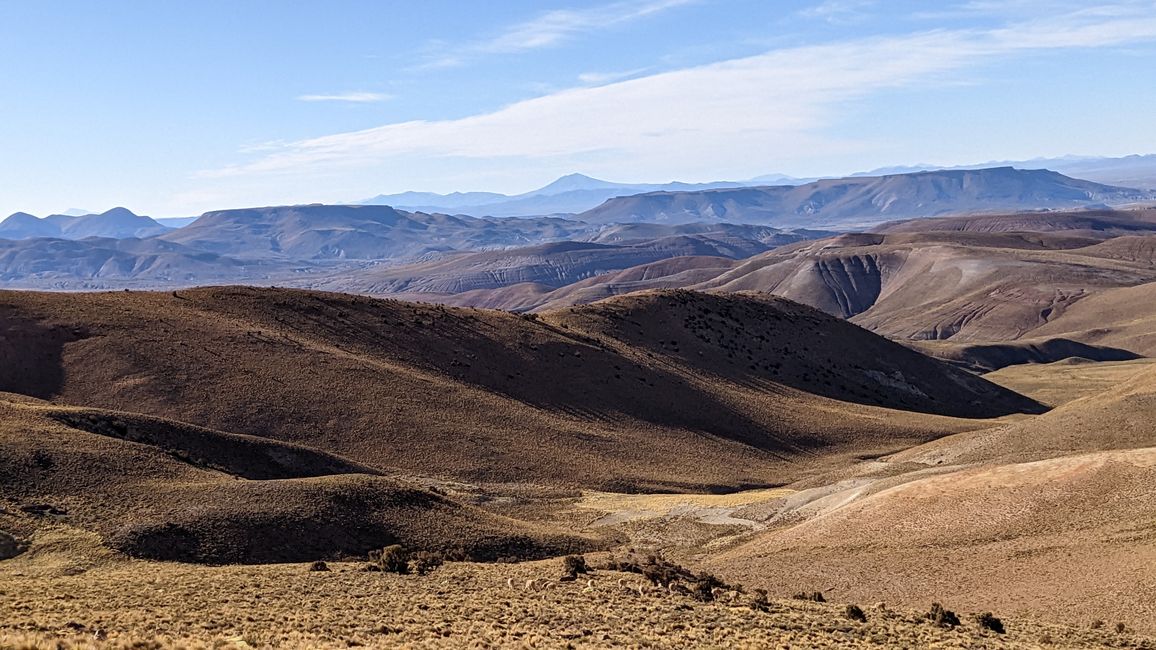
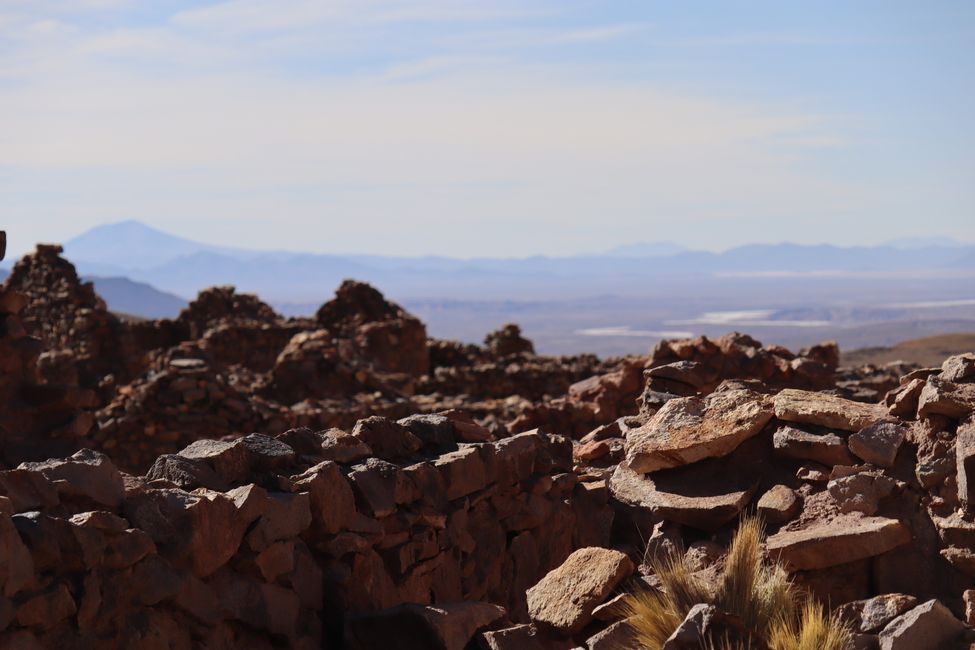
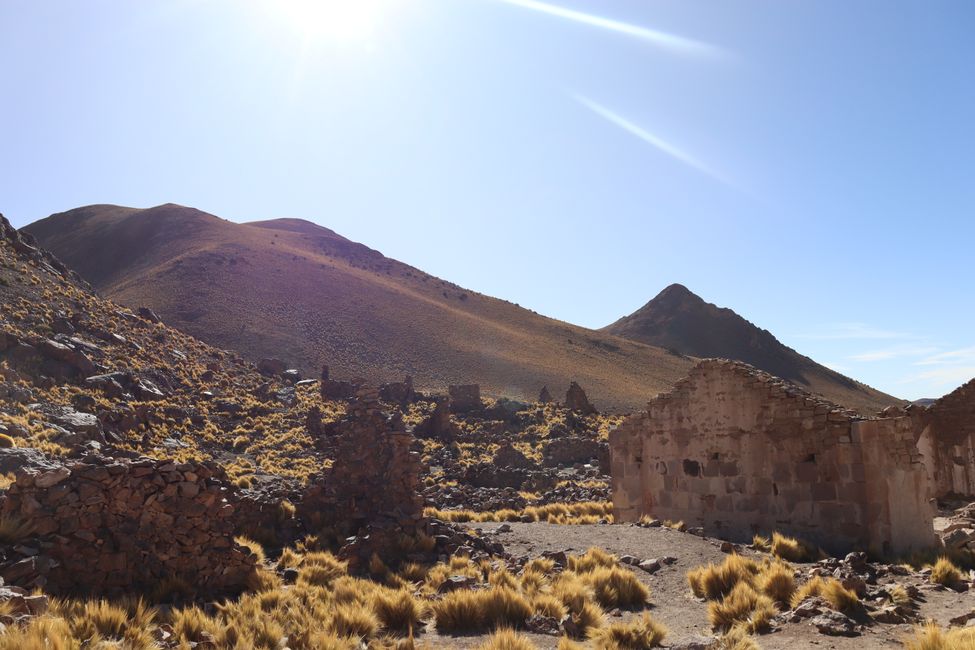
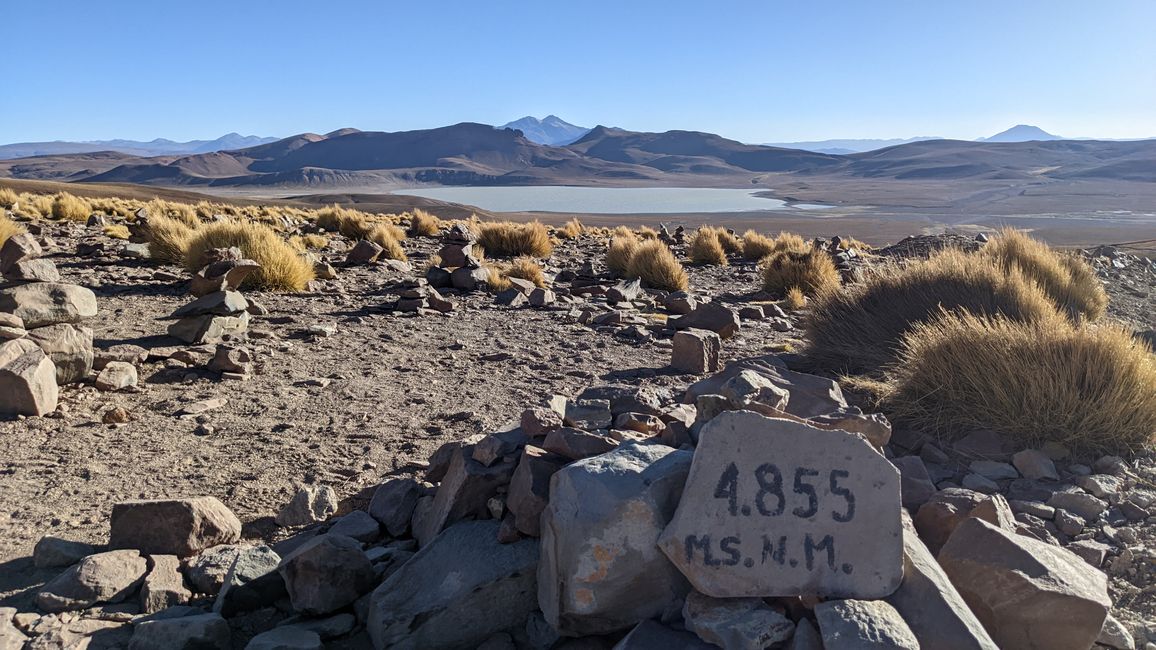
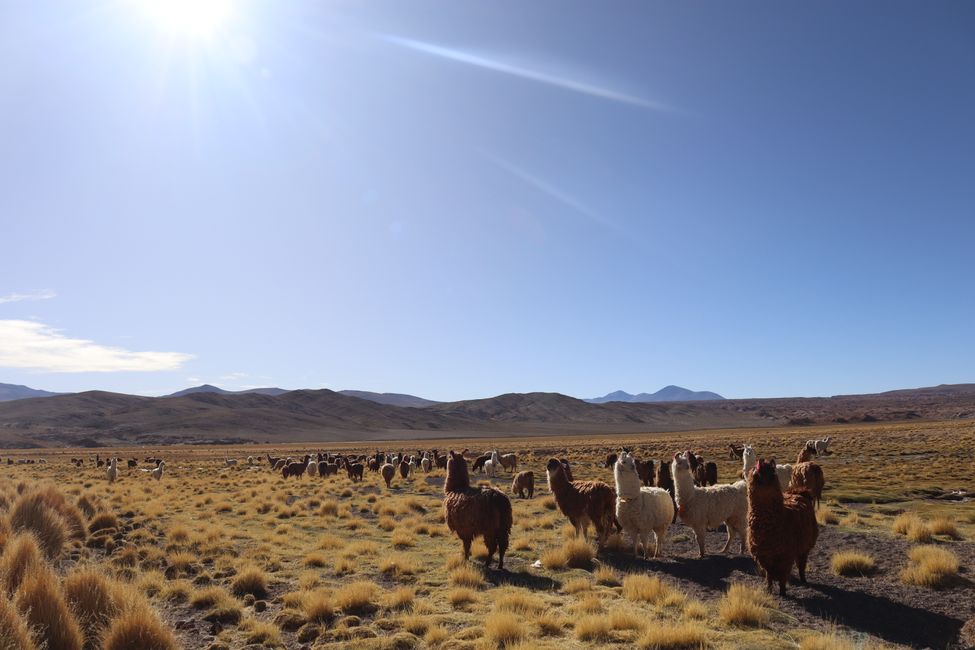
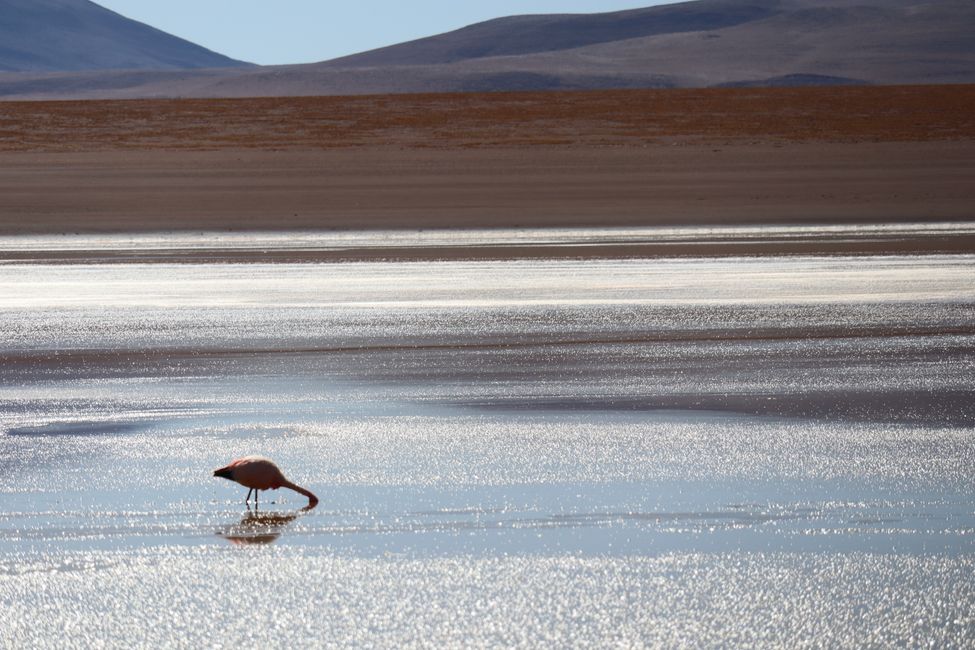
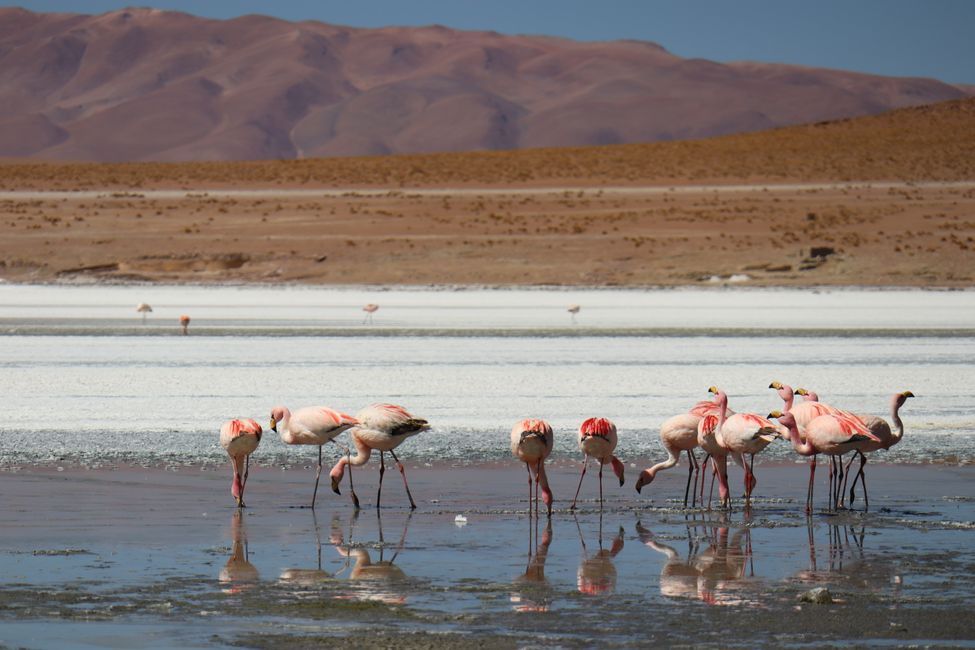
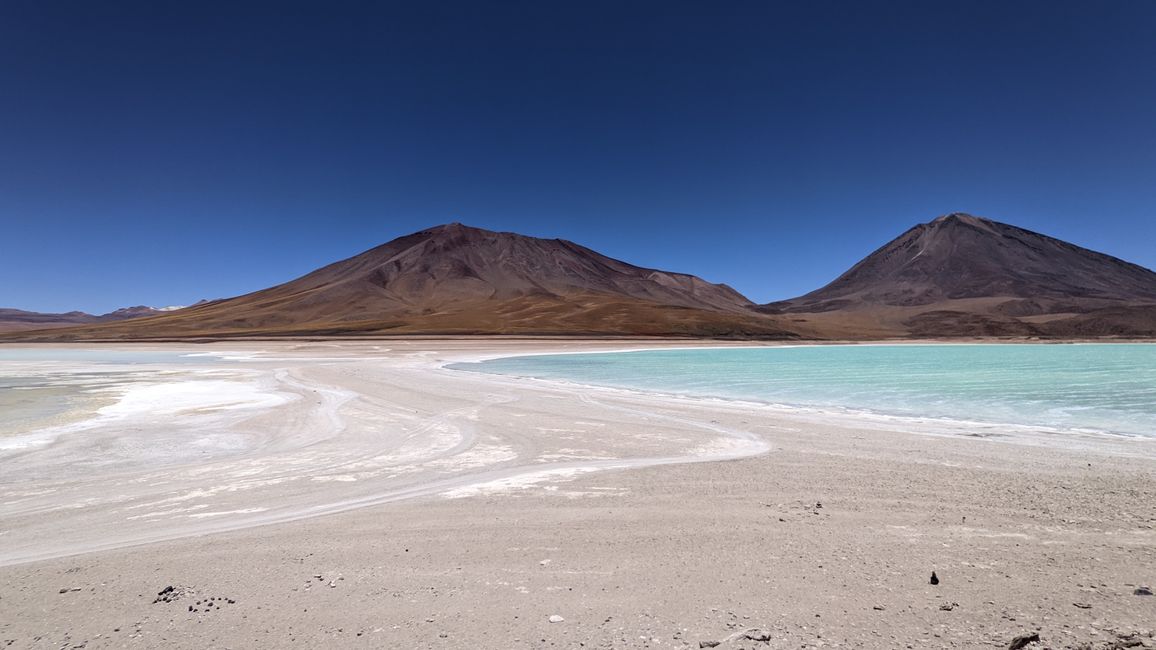
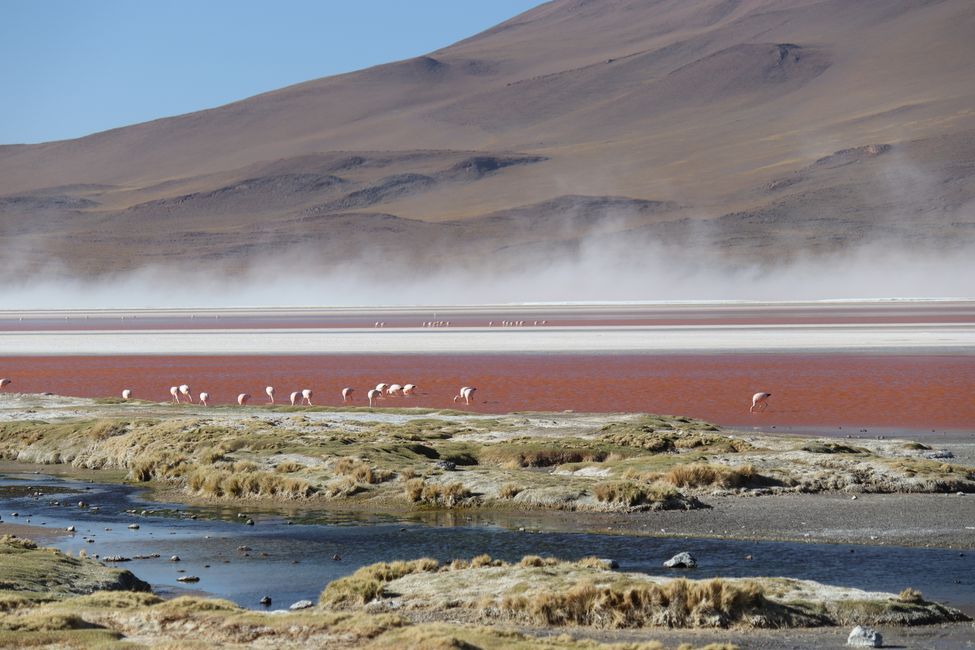
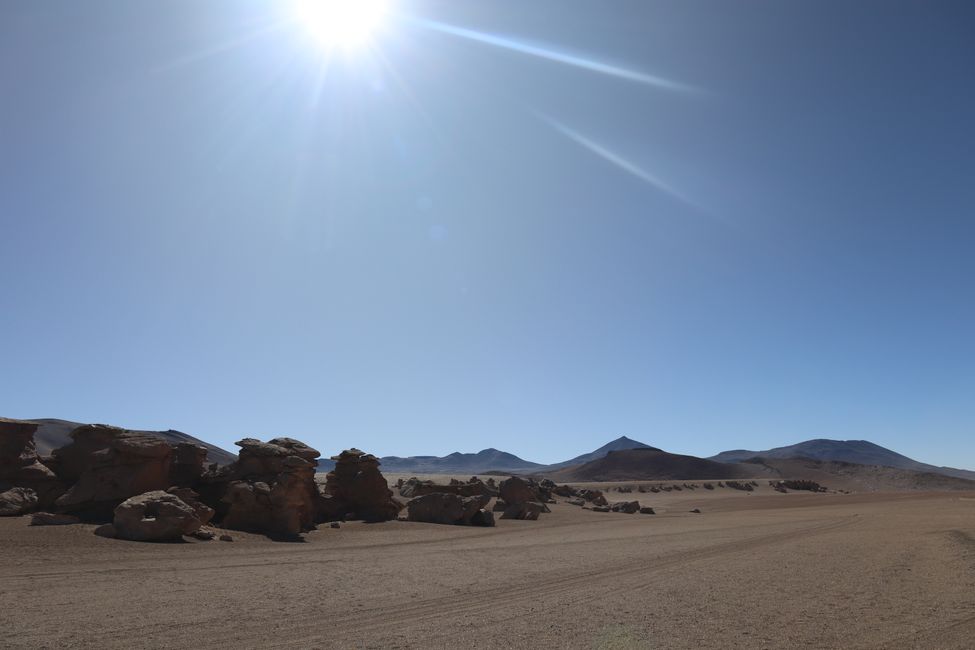
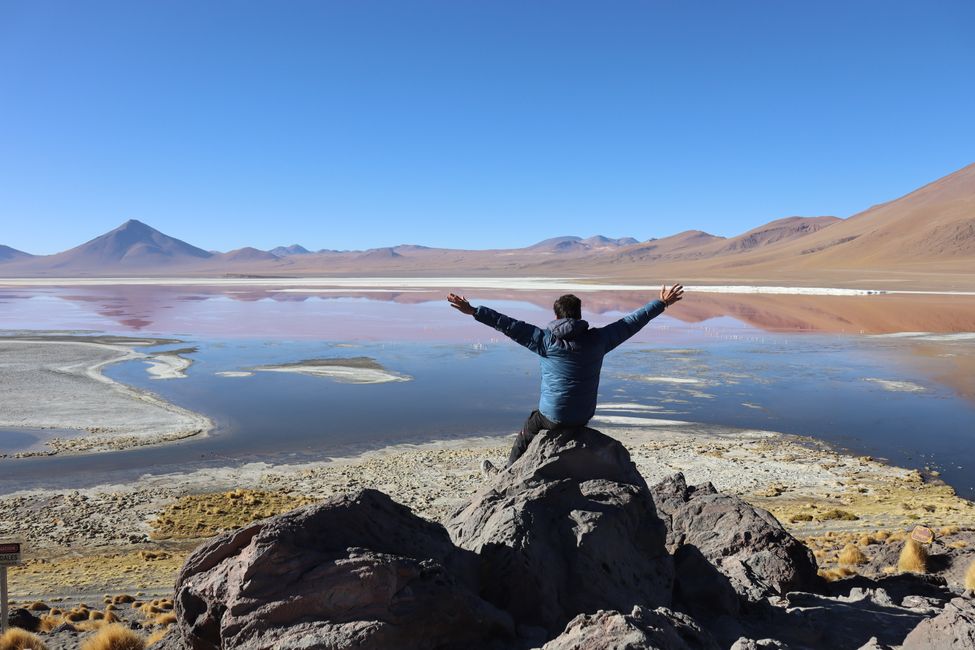
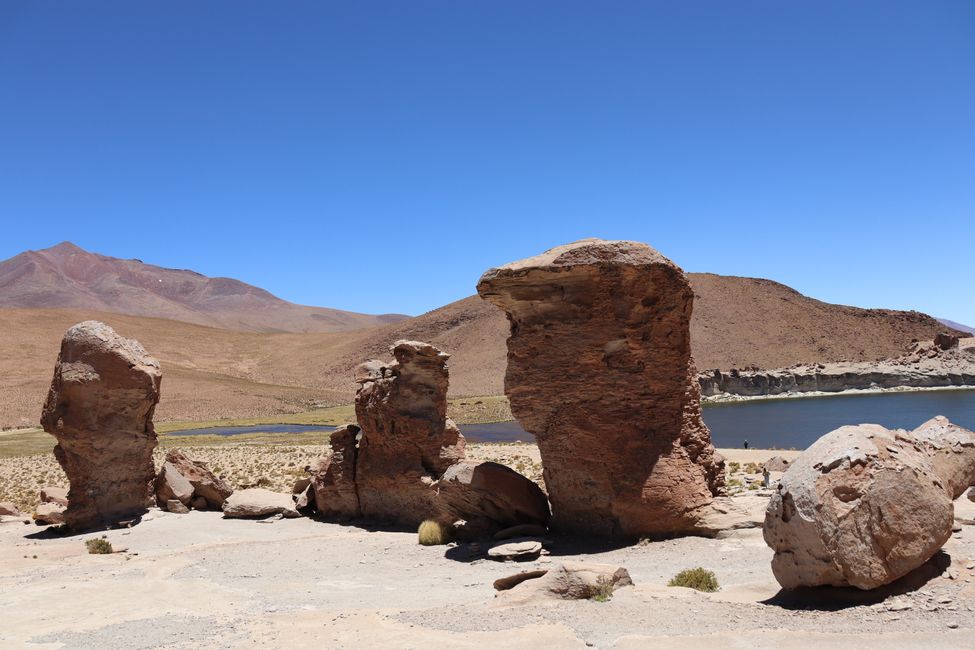
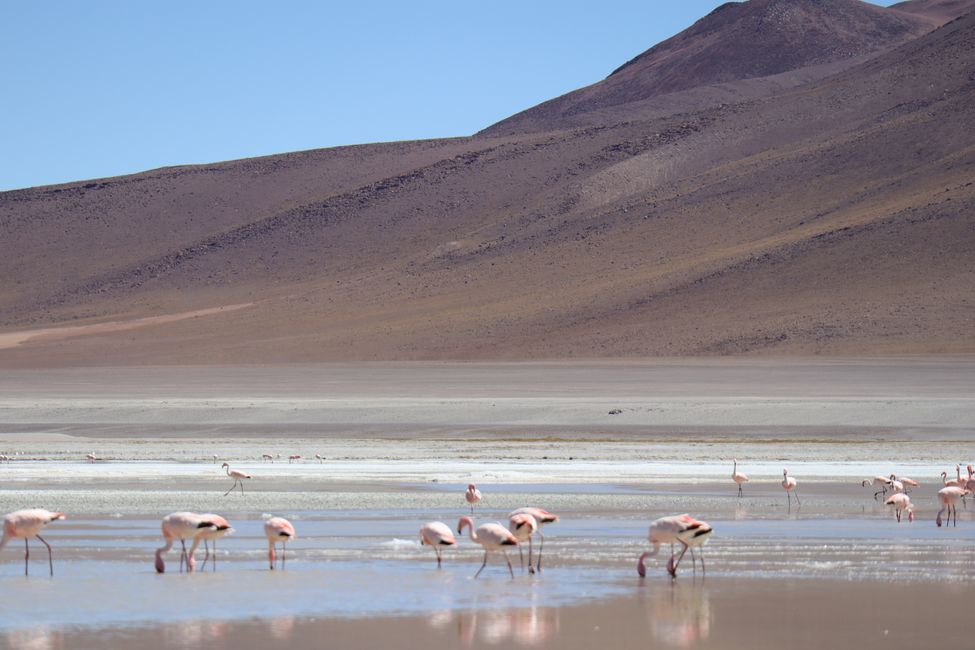
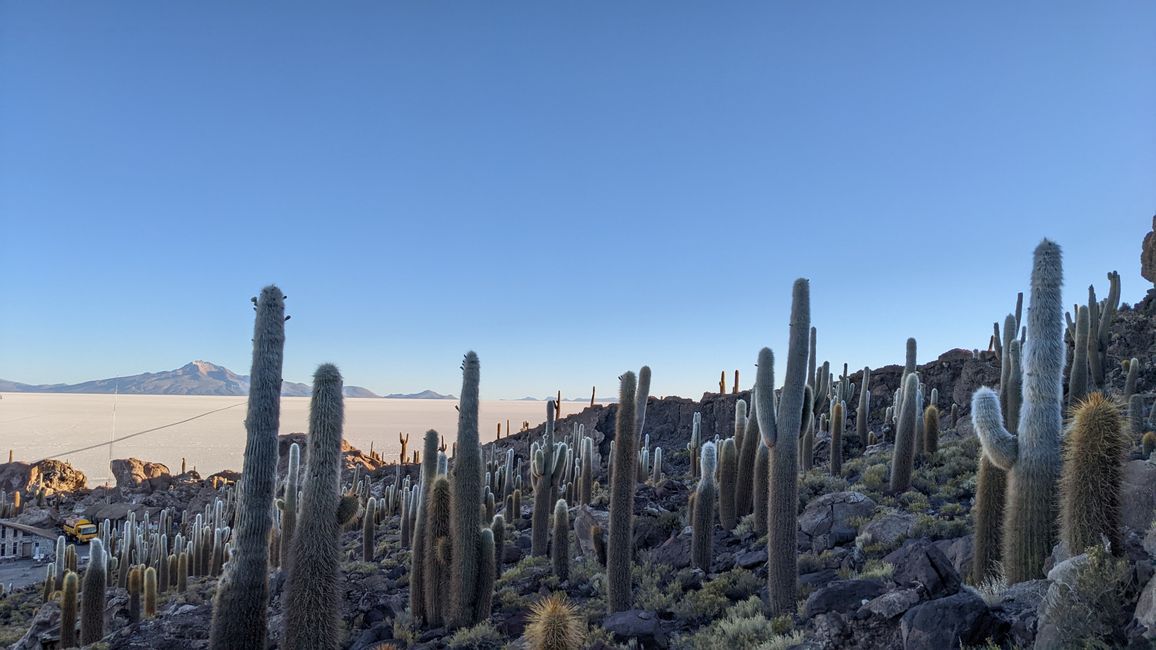
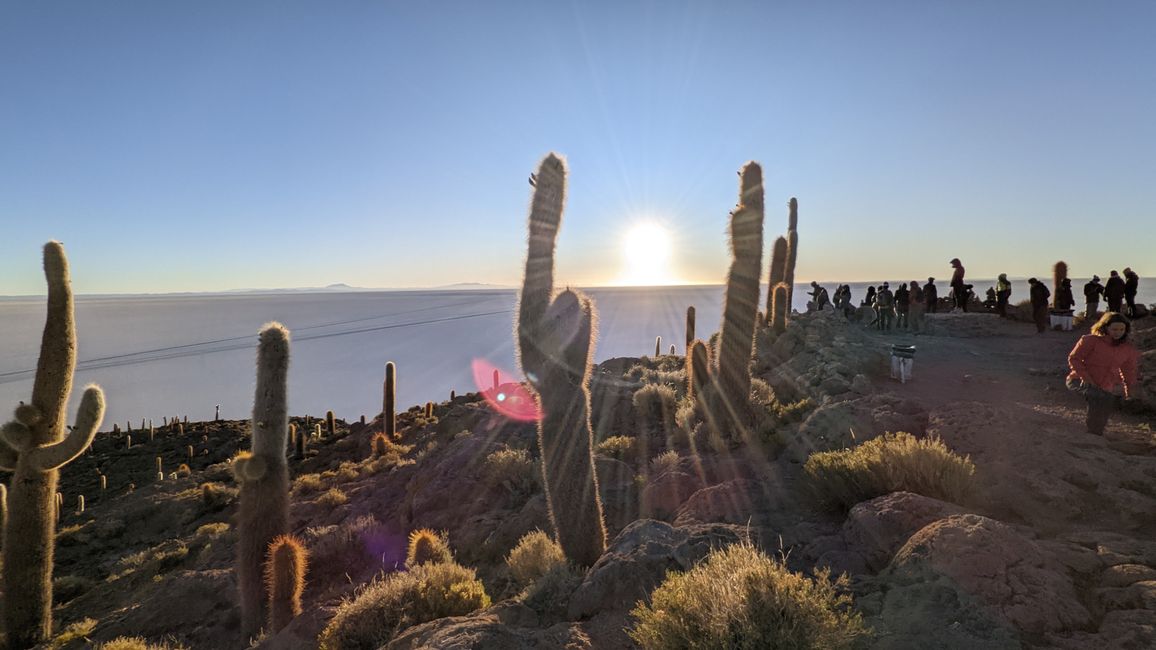
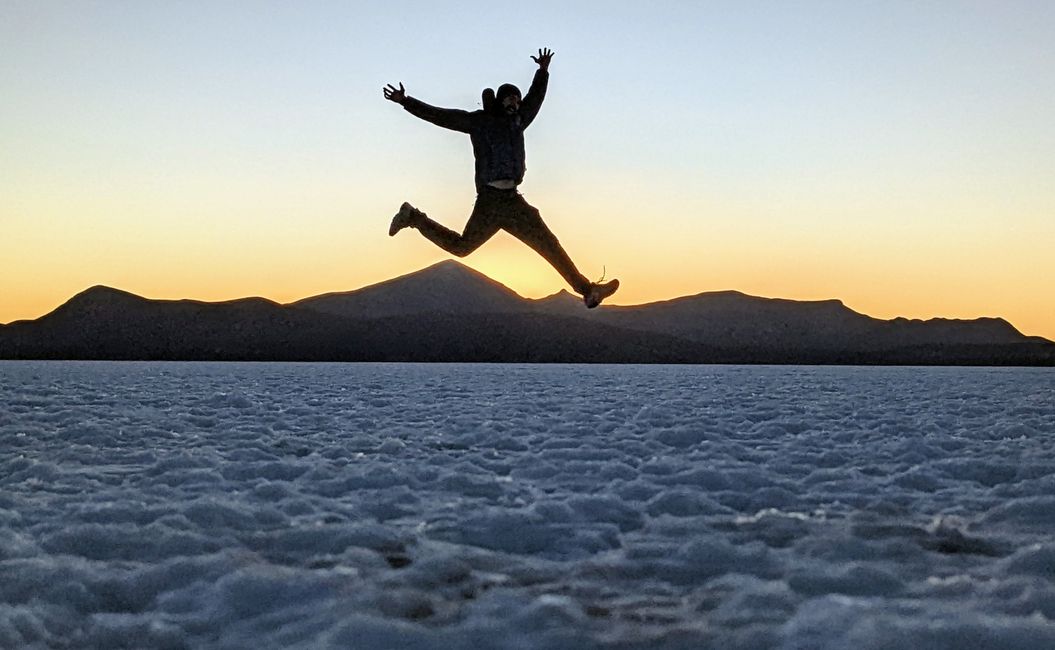
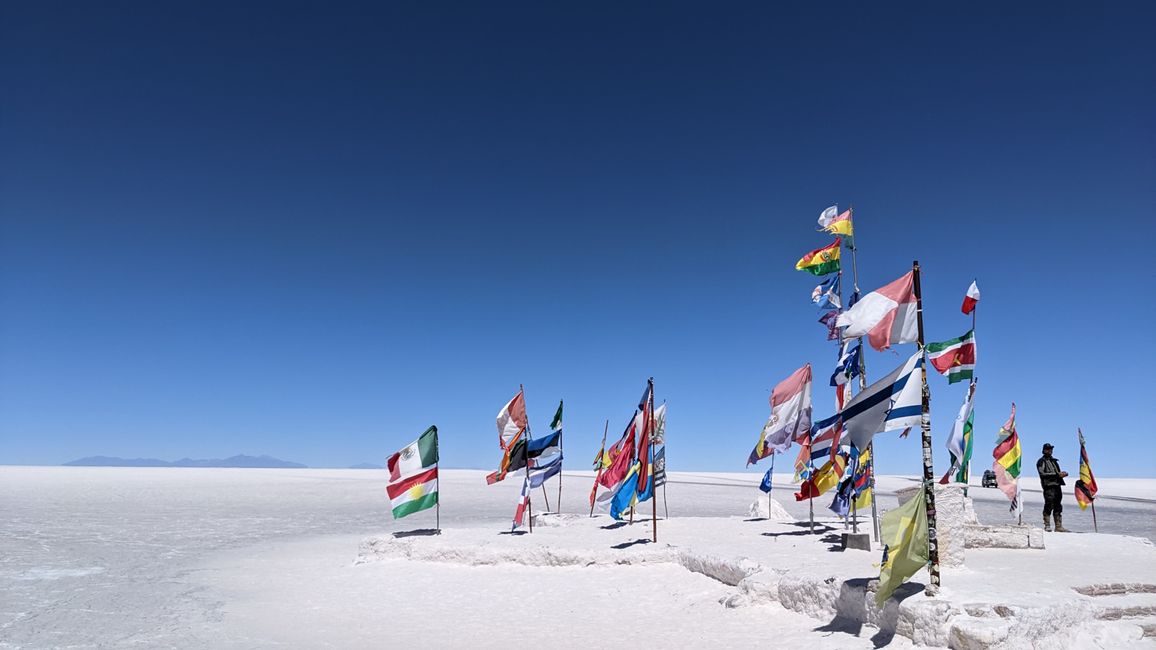
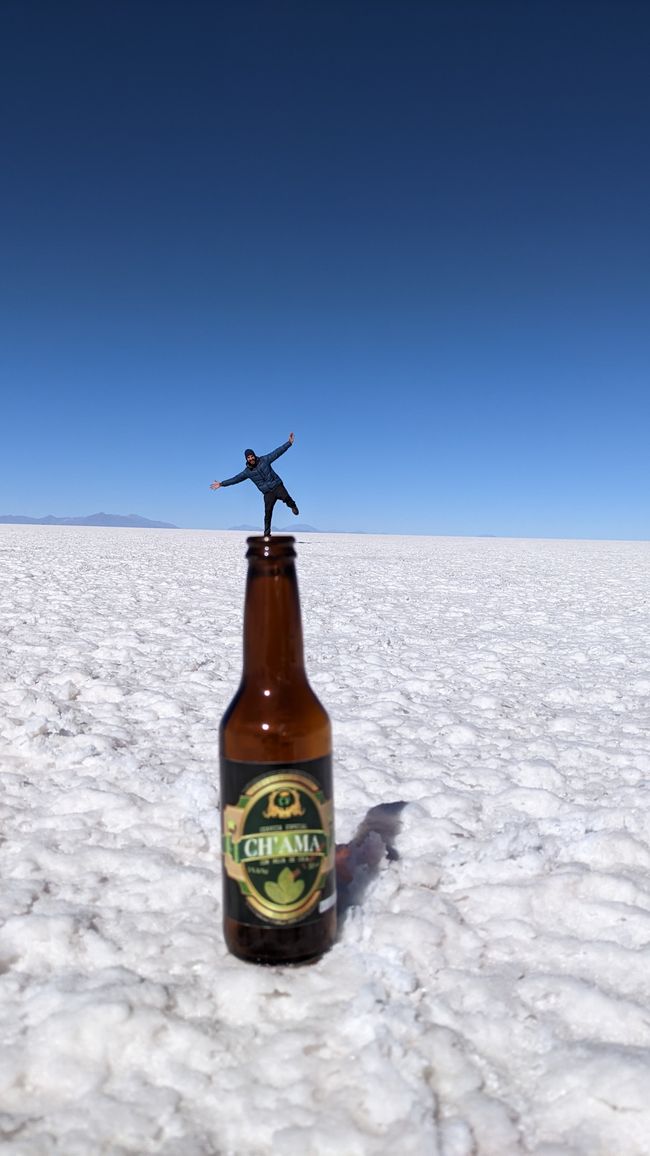
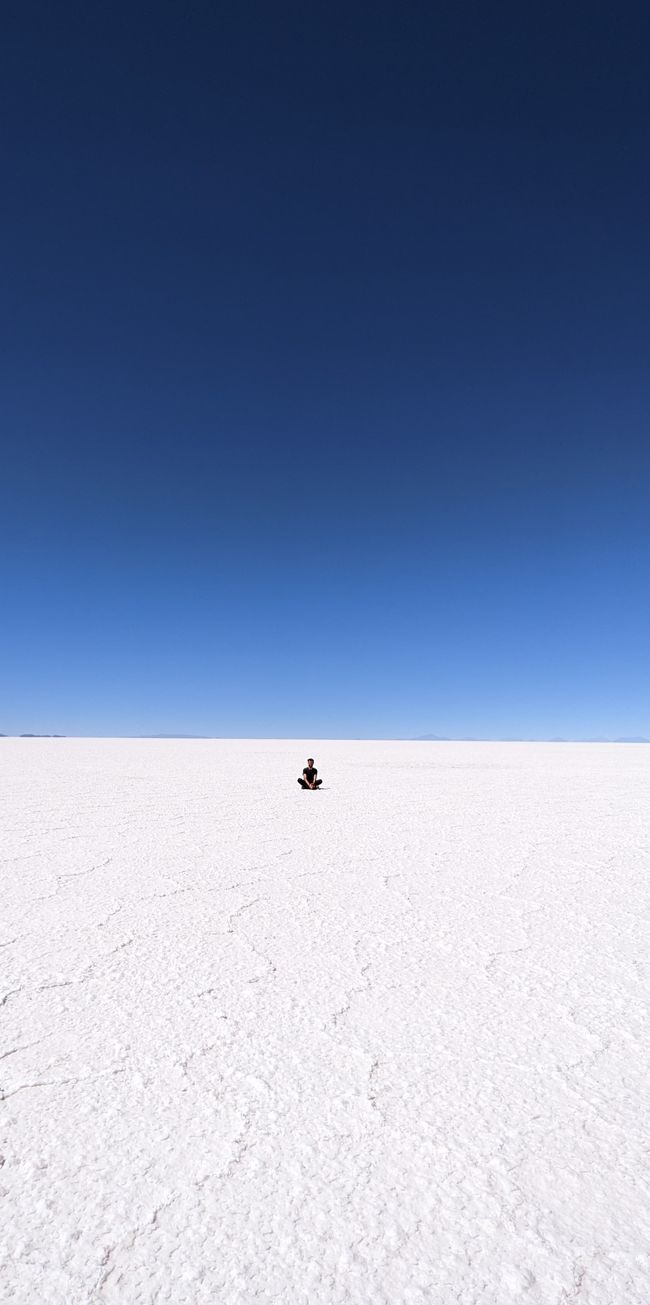
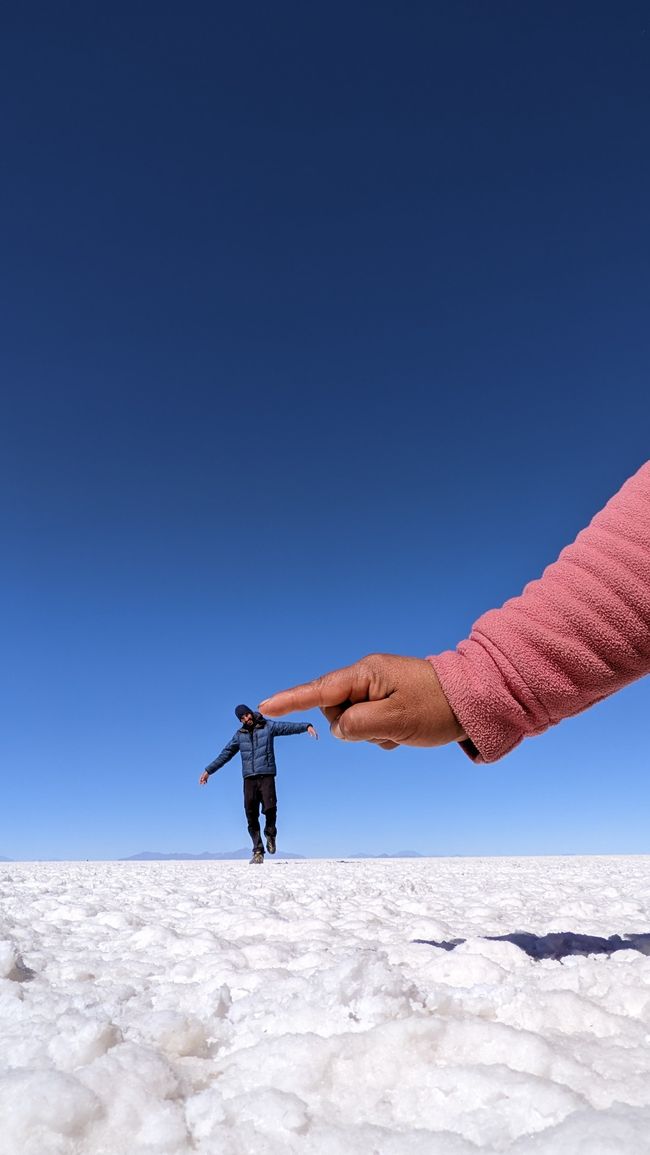
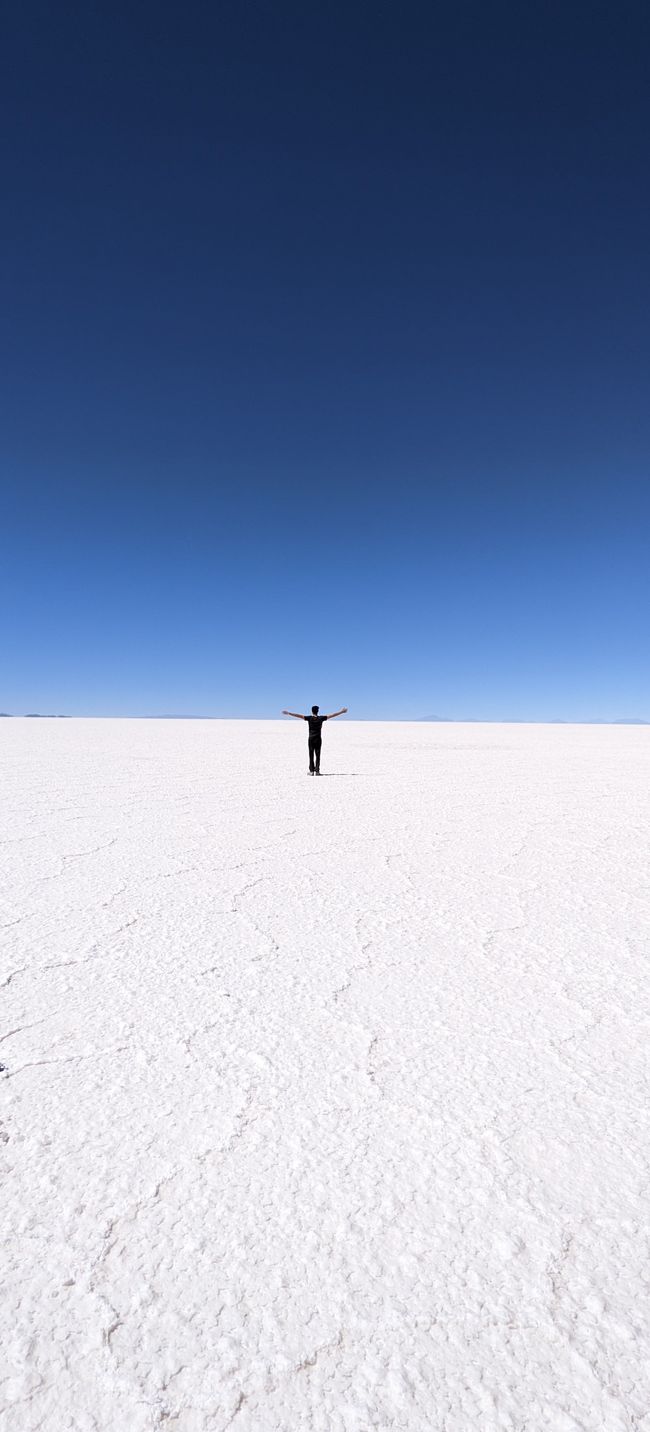
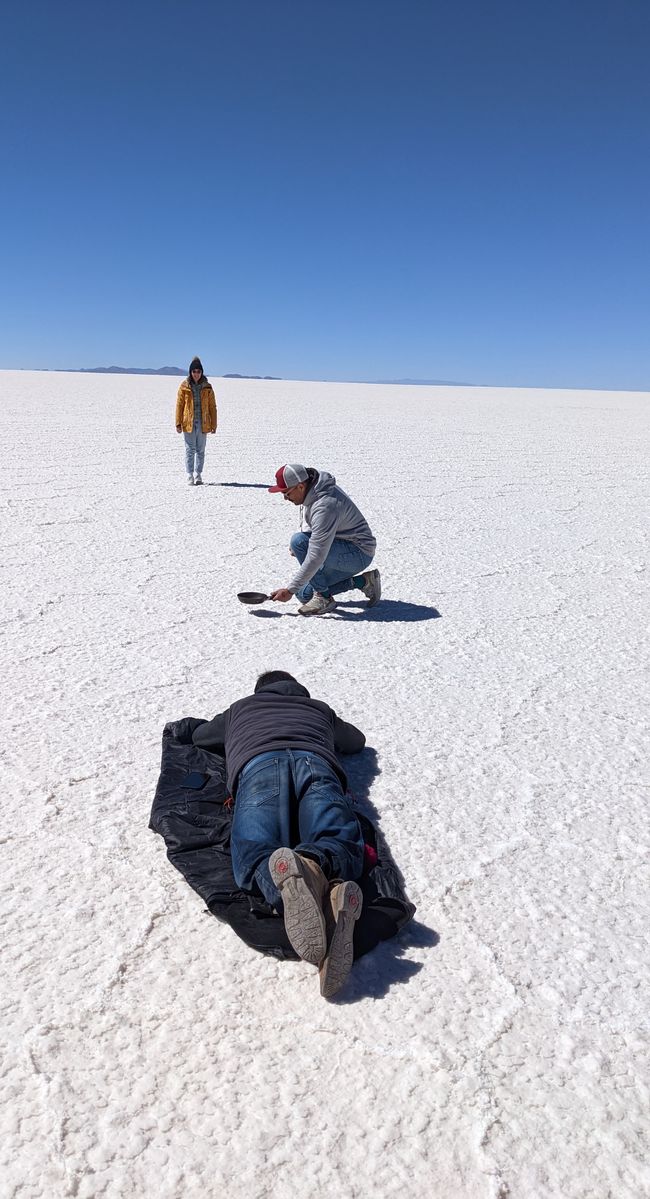
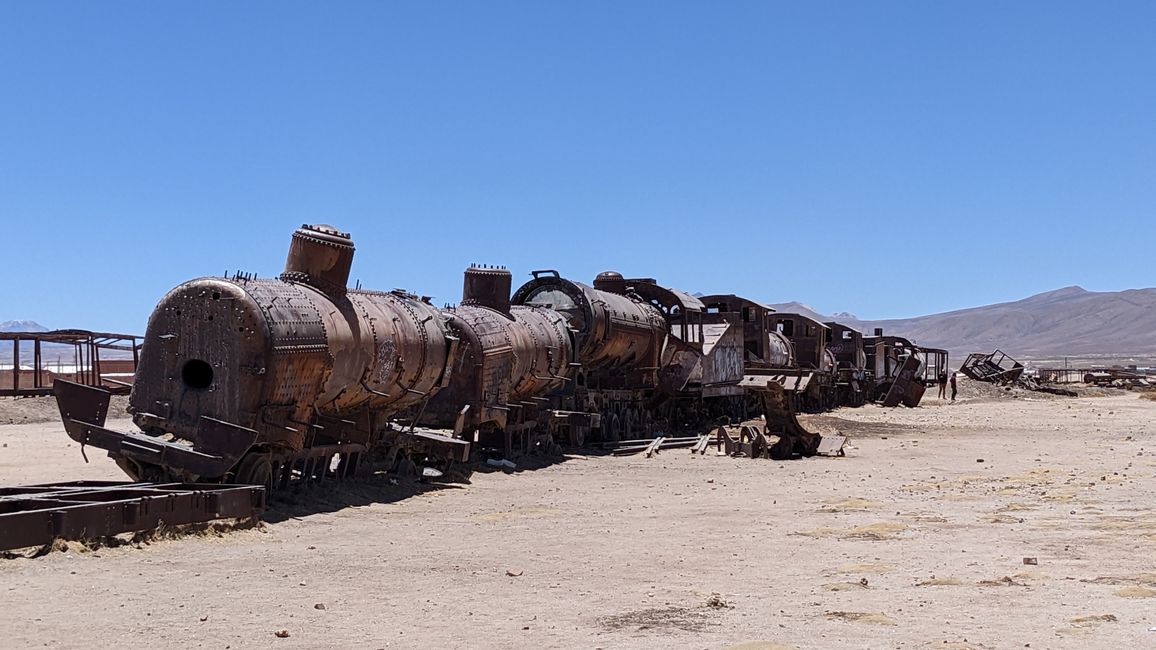
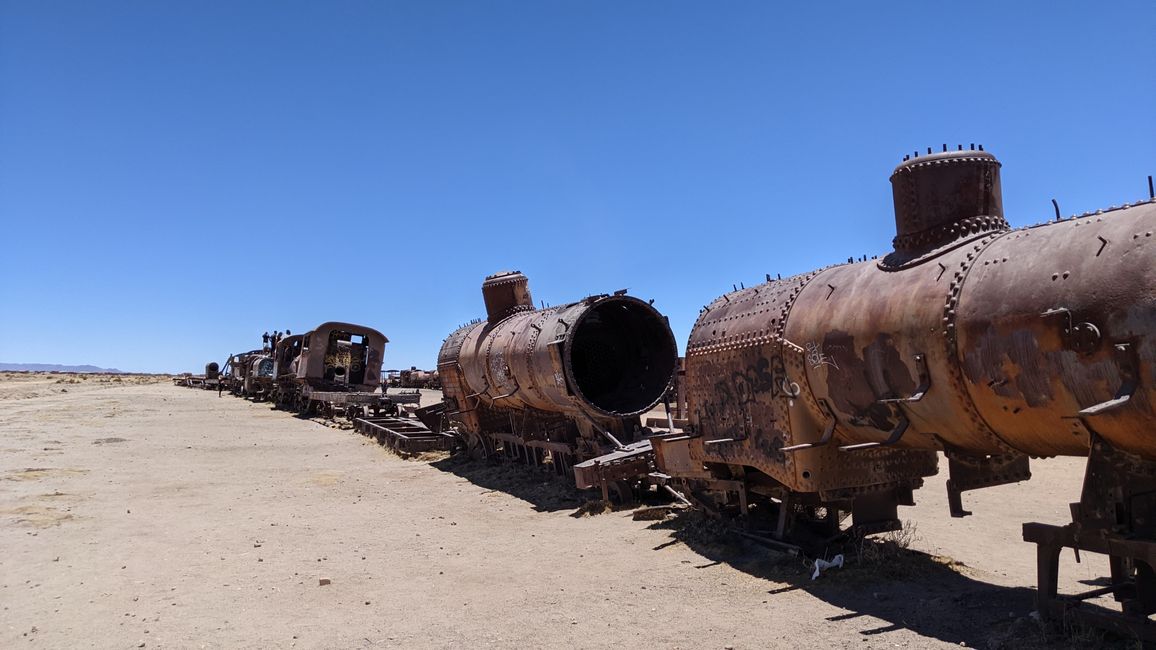
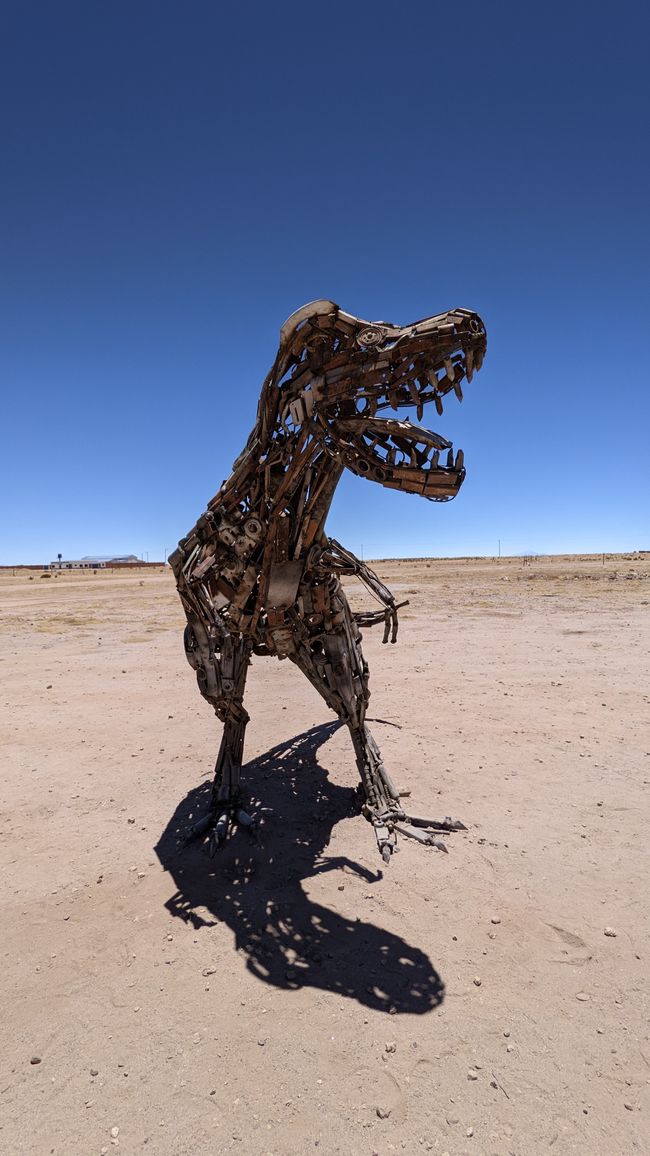
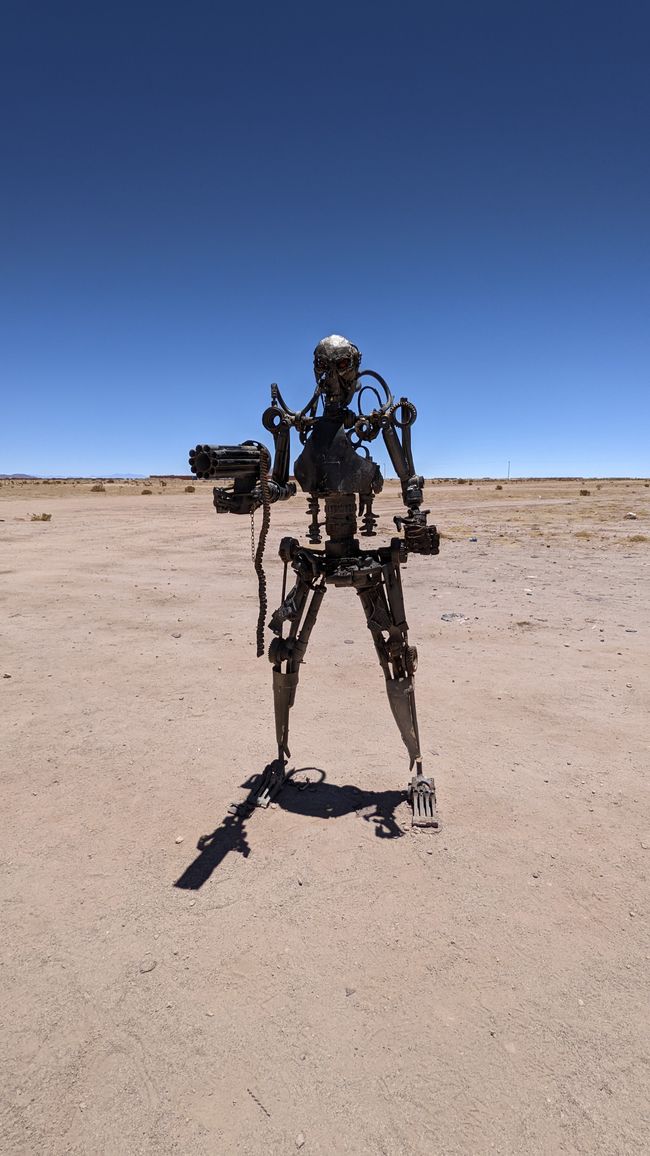
Subscriu-te al butlletí
I have been traveling in South America for more than 1 month now. Hmm... maybe it's time for a little interim assessment...? My initial uncertainty/awkwardness (regarding pretty much everything) has almost completely vanished. Although I still don't really master the (probably not so difficult) language ("lo siento, no entiendo, no hablo much español" is all I can say :)), I have managed to get by reasonably well so far. And apart from a few minor annoyances (...no, I'm not talking about the buses anymore...), fortunately nothing bad/frightening/catastrophic has happened to me (yet). So far, so good... But the longer I travel, the more impossible it seems to me to capture and convey all my impressions in any (especially informative/exciting) form. Nevertheless, I will continue to try, and from what I have heard so far, this blog doesn't seem to be sooo bad after all :). That naturally makes me very happy and motivates me to keep going :):)!!
Potosi 28.10-31.10. (175,000 inhabitants)
Once upon a time there was a small, sleepy village in the highlands of the Altiplano (about 4,000 m above sea level). Probably it would still be like that today if some shepherd had not accidentally come across silver deposits on Cerro Rico (rich mountain and by the way depicted on the Bolivian flag) in 1545 (according to legend...). Attracted by the silver rush, Potosi developed into one of the largest and most significant (richest) cities in the world in the next years (or rather centuries), especially in the 17th century. While the local (indigenous) population hardly benefited from the unimaginably large silver deposits, the Spaniards used the new wealth to finance Spanish rule in Europe. In 1542, a mint (Casa de la Moneda) was established in Potosi, which was in operation for 400 years and shipped coins to the whole world. Today, it can only be visited as a tourist attraction (by the way, recommended if you ever happen to get lost in Potosi... :)). Various (now somewhat outdated) colonial buildings in the center of the city remind us of Potosi's former heyday. Although most of the silver deposits have been mined for a long time and the city is now one of the poorest in Bolivia, the mining industry (tin, copper, and silver) is still the main source of income for Potosi. And as one can probably imagine, the extraction takes place under the worst working conditions!! According to estimates, the (highly dangerous/unhealthy) mining work has claimed at least 8 million lives over the centuries (often indigenous forced laborers from outside the highlands). Due to the catastrophic working conditions ("miner's lung", injuries/deaths caused by explosions, inadequate safety precautions, etc.), most miners cannot work there for more than 10 years. The average life expectancy of a miner is about 45-50 years, and child labor is reportedly still an issue. Equally shocked and fascinated by the whole subject, I decided to book a 3-hour tour of the mines. Honestly, I had some concerns about that. Apart from the fact that I felt a bit stupid watching hardworking miners, the fact that I had to sign a waiver (in case of injury or death during the visit!!!) did not really give me confidence. Nevertheless, the opportunity to have a close look at the "mineros" was a unique, albeit very oppressive experience (...especially with my height! :)). By the way, before we were allowed to visit the mines, we made a stop at the mining market to buy some gifts for the miners (mainly coca leaves and Fanta :)). It is the only market in the world where dynamite can be legally purchased (see Joko and Klaas - the duel around the world :)). Besides coca leaves (as an offering and against hunger, as no food is eaten in the mine!!), tobacco (also as an offering, see pictures), 96% alcohol (as an after-work drink!! and also as an offering to "Tio", the god of the mountain) can be purchased there.
As I said, despite my initial concerns, the visit to the mine was definitely worth it (...although for several days afterwards I somehow smelled like dust and dirt). In addition to the mine visit and the usual city exploration, I took a day hike where I came across numerous llamas (see photos or Fb :)).
Tupiza (31.10-02.11)
The relatively small town (25,000) of Tupiza is located in the far south of Bolivia, near the Argentine border. With its (reminiscent of the USA) partly bizarre, red rock formations, as well as the numerous cacti, it somehow exudes a certain Western charm. Therefore, horse tours can also be booked here. I think that Tupiza serves as a mere stopover for many tourists (on the way to Uyuni), although the surrounding area (less the town itself) does have a lot to offer. In addition to a small hike (where I was almost scared to death by some angry shepherd dogs), I decided to get on a horse to explore the surrounding beautiful countryside.
Salar de Uyuni (02.11-05.11)
The (world's largest) salt flat is certainly one of the most famous and popular sights in Bolivia (who doesn't know the "fun-creative" perspective pictures...). Unfortunately, this also always carries the risk of unpleasant mass tourism, so before starting the 4-day jeep tour (we were eight people in two jeeps), I was somewhat reserved-enthusiastic. But I was quickly proven wrong because what I saw in the last few days was some of the most extraordinary and beautiful things I have ever experienced/seen/felt in my life. It's actually not really possible to find the right words here... You come across the most bizarre rock formations, stop at numerous beautiful lagoons in every imaginable color (including flamingos), and cross dreamlike lunar landscapes... and THEN, last but not least, you experience the indescribable, or rather sublime feeling of being able to stand in the middle of the largest salt flat on earth and gaze into the seemingly endless vastness (there they are again :)). Unfortunately, the photos I took cannot even remotely capture the beauty of this nature (unfortunately)!!
By the way, I am currently back in Tupiza and will continue my journey to Tarija (for some wine tasting), which will probably be my last destination in Bolivia.
PS: Unfortunately, my (better) camera somehow broke down. So until I find a solution, the photos may be of slightly lower quality.
Subscriu-te al butlletí
Respon

Informes de viatge Bolívia
